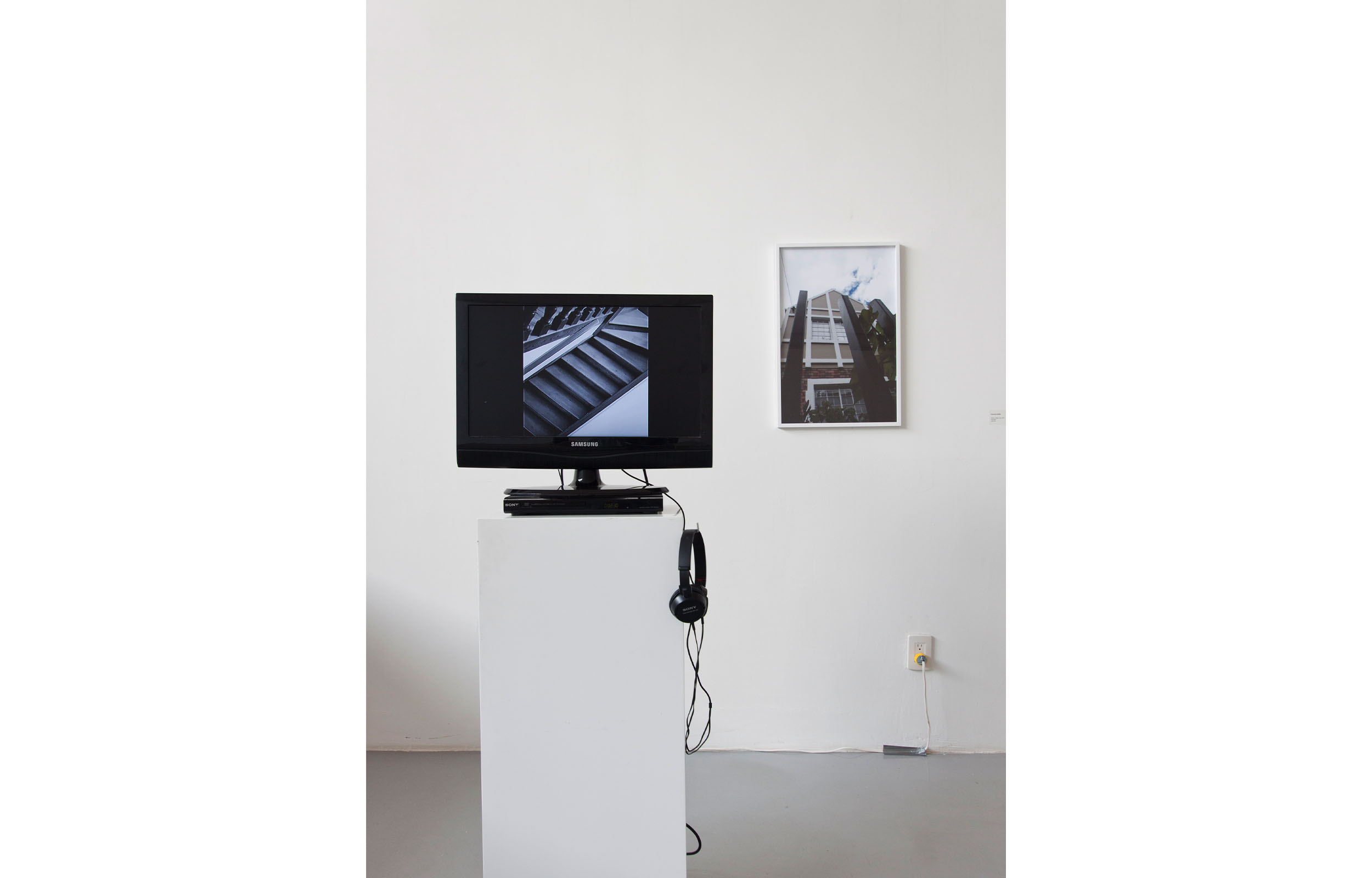
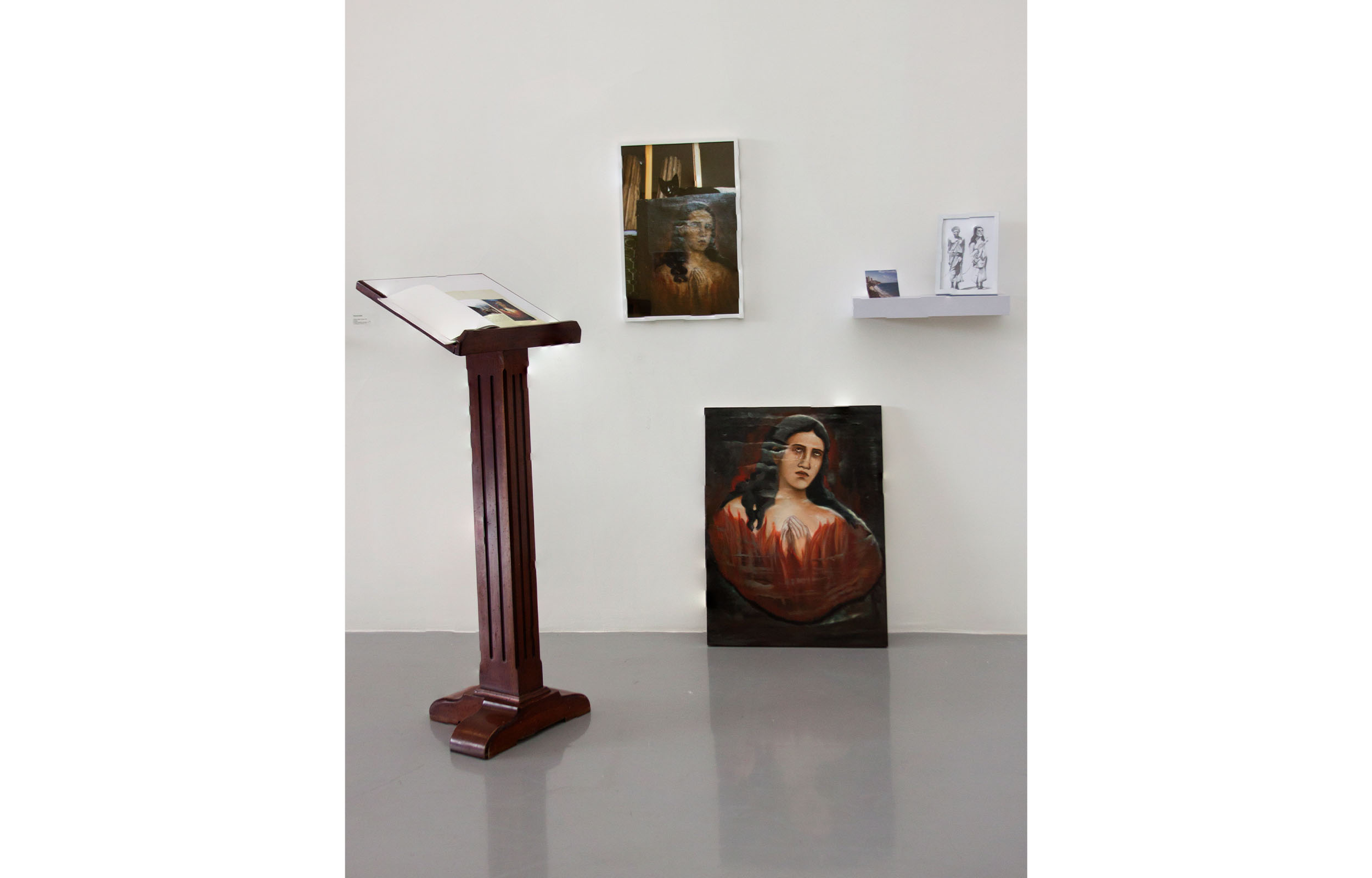
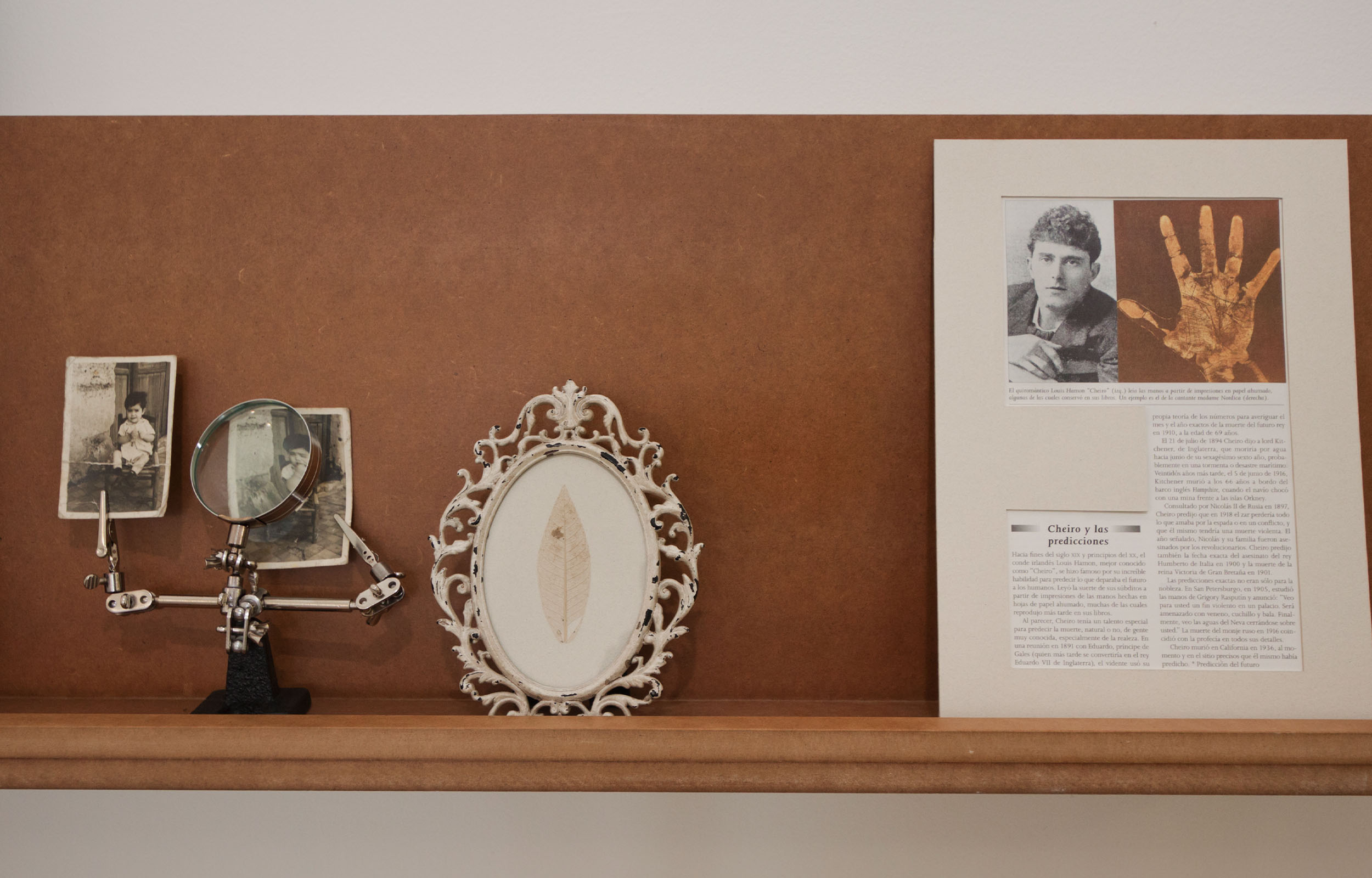
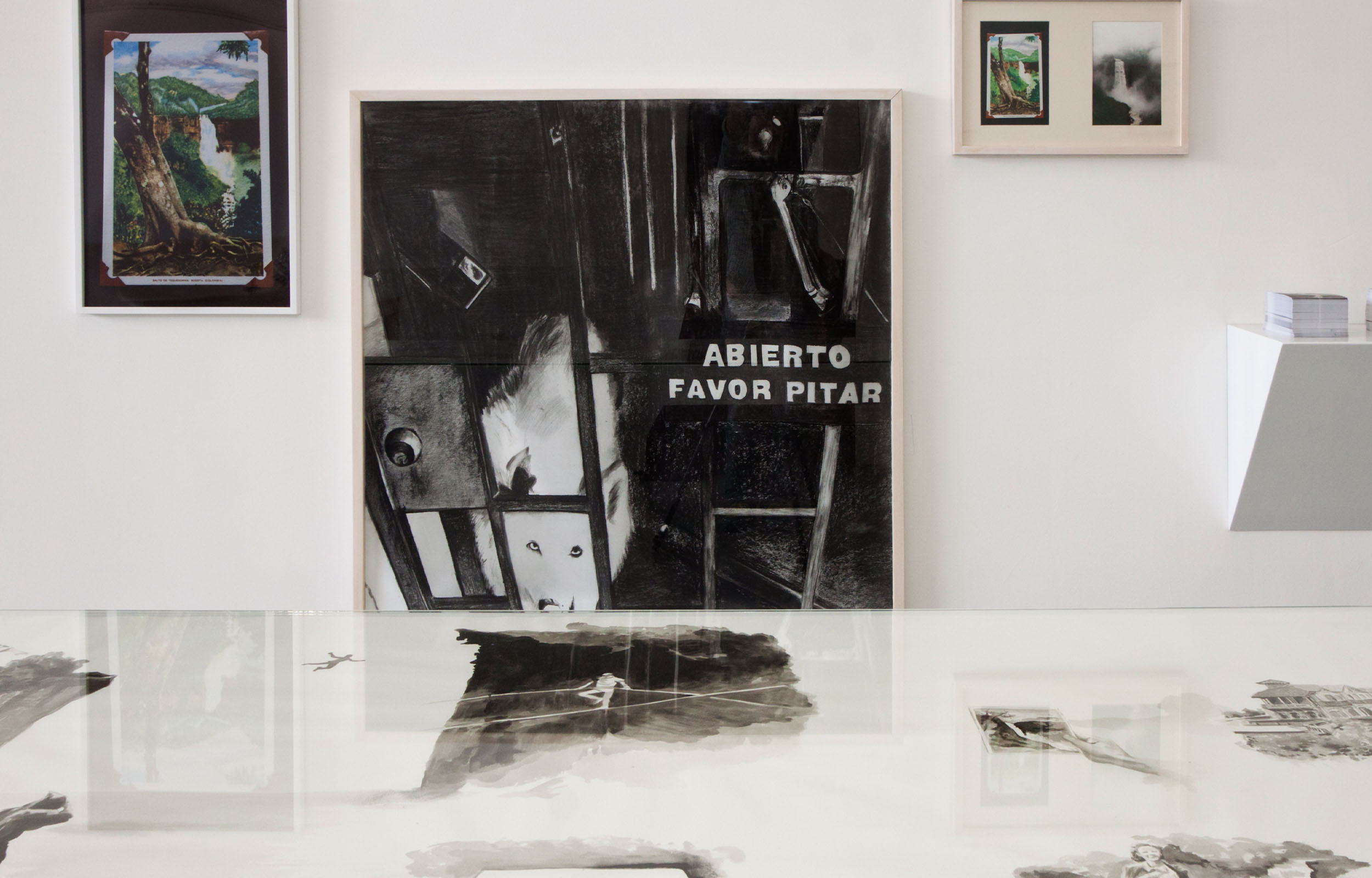
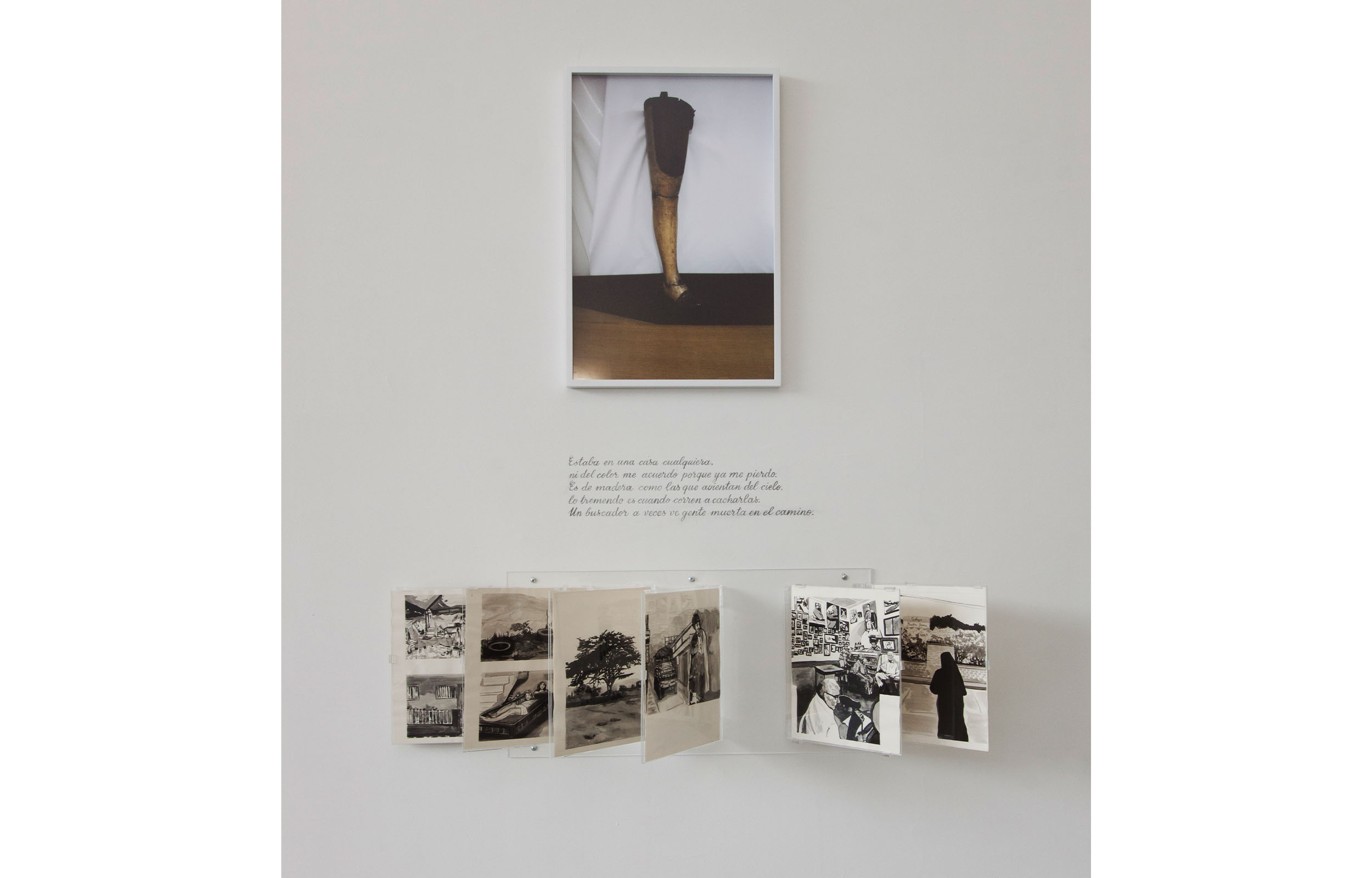
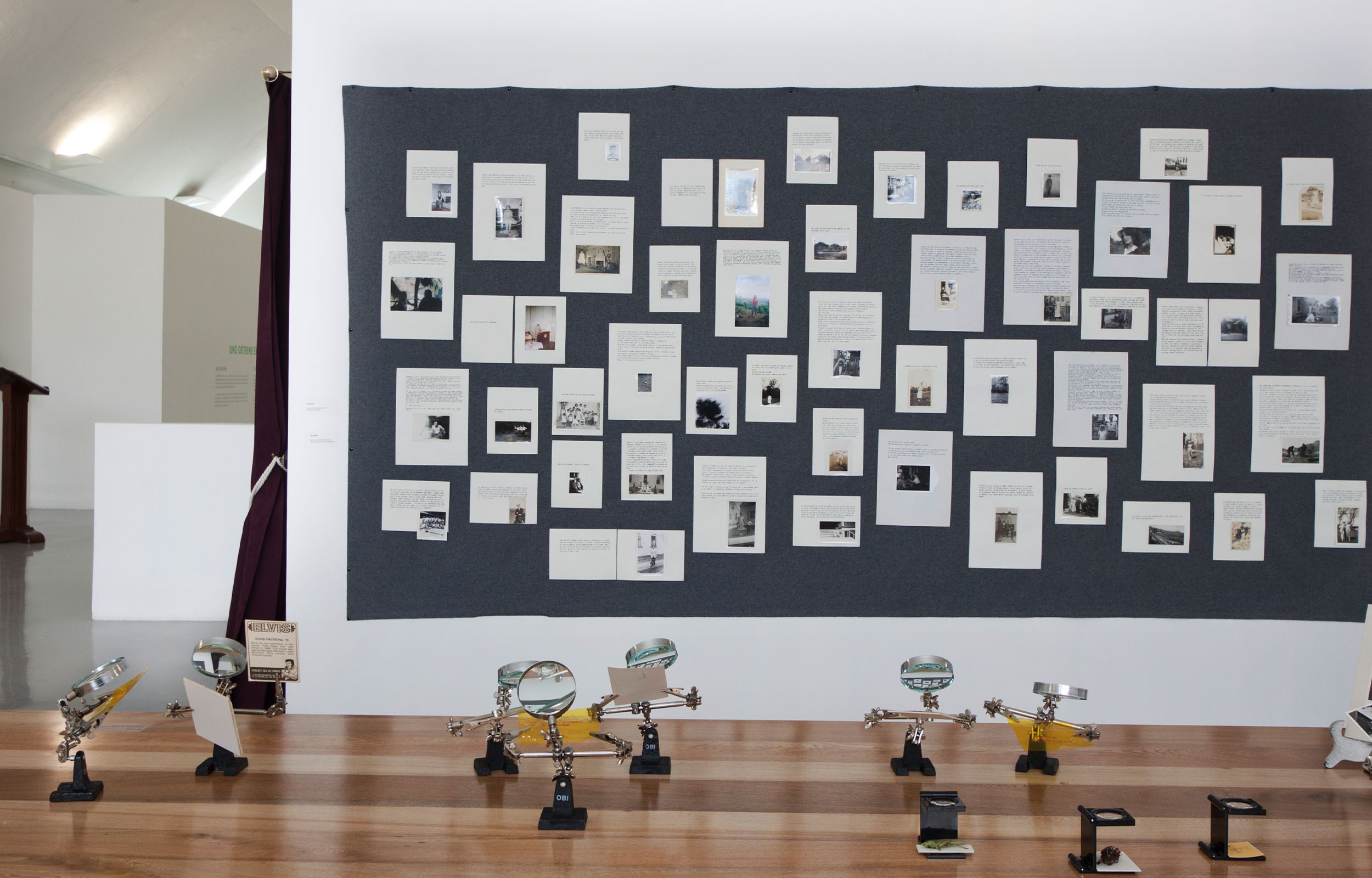


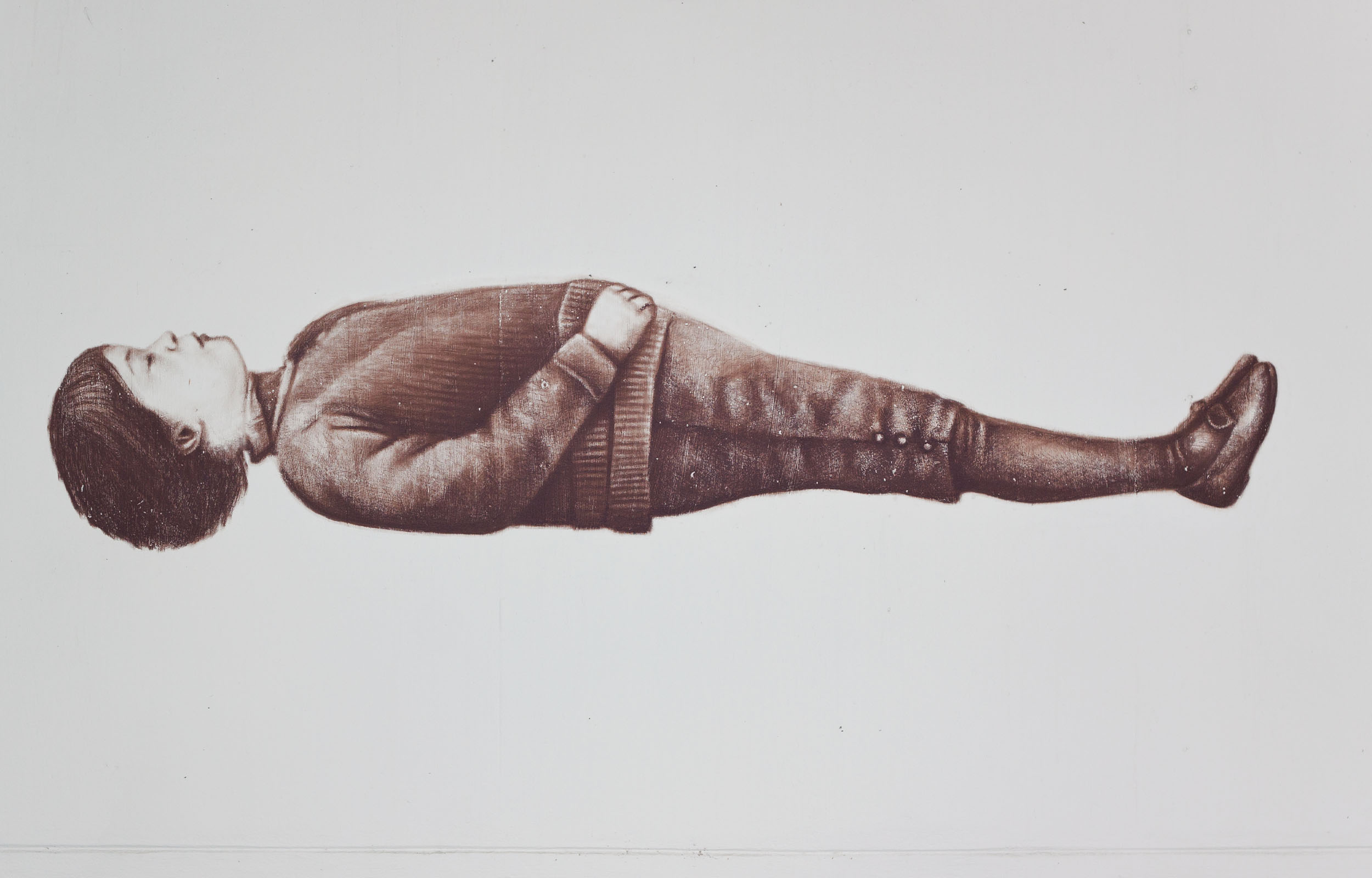
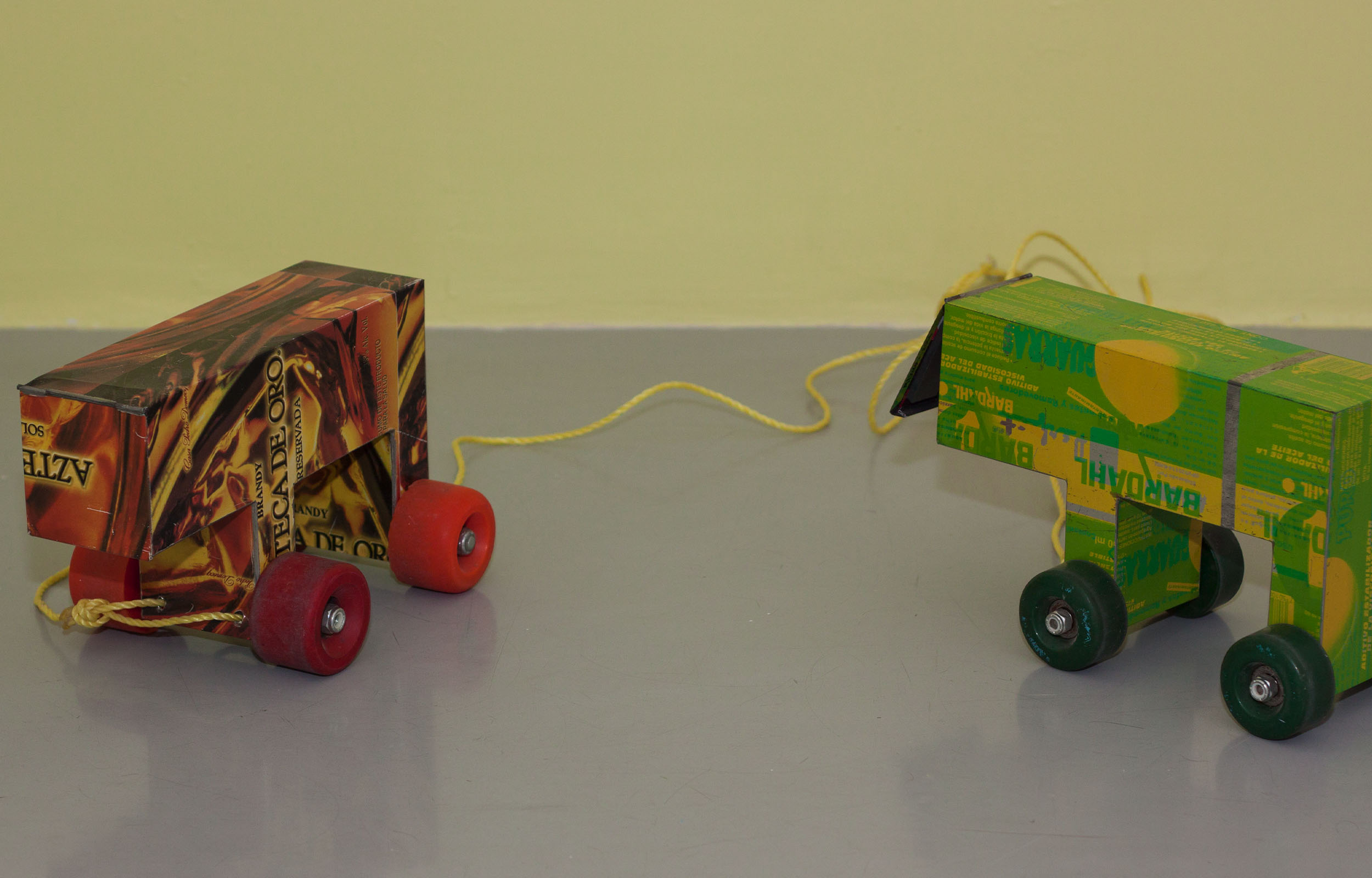
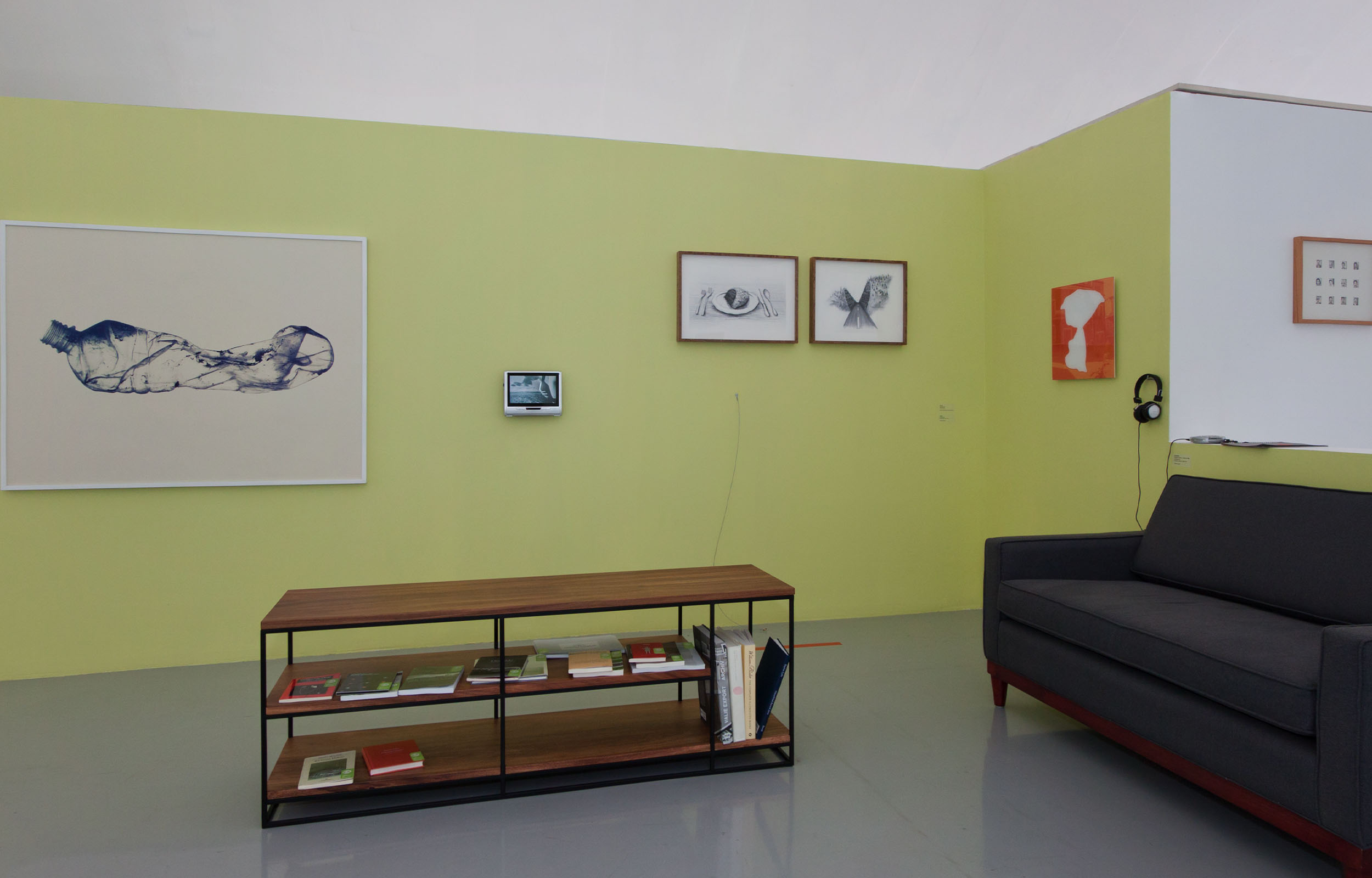
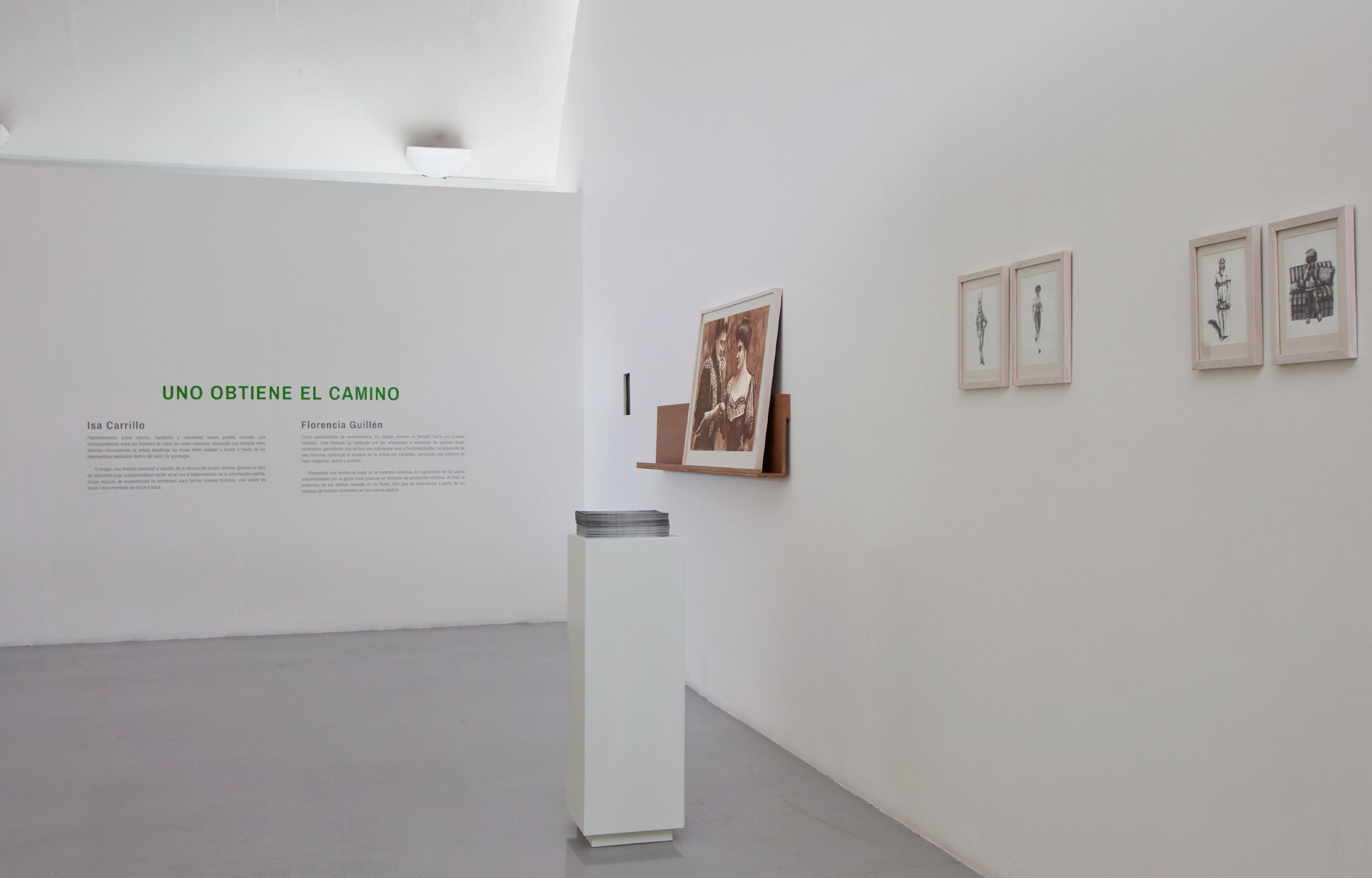
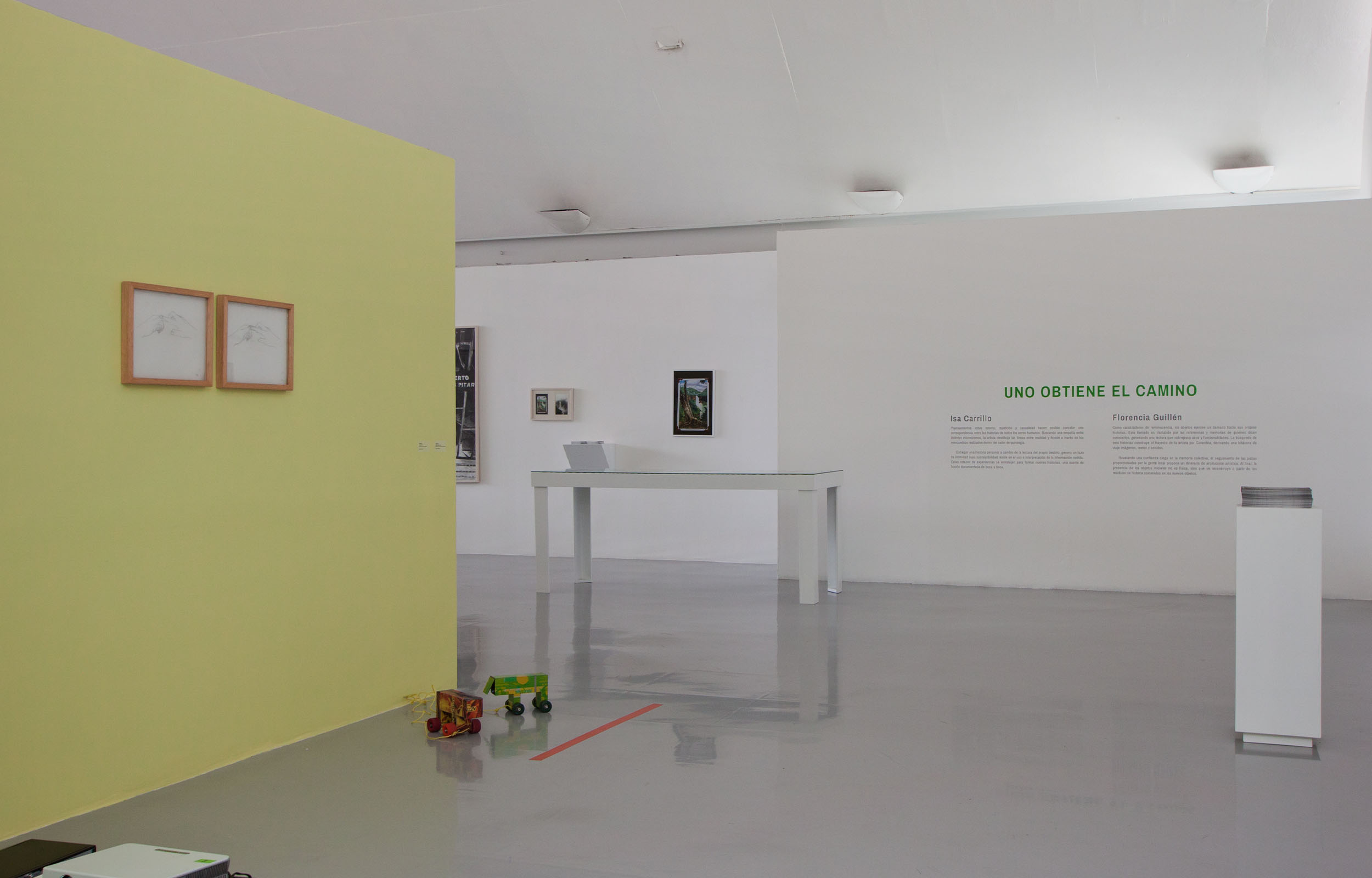
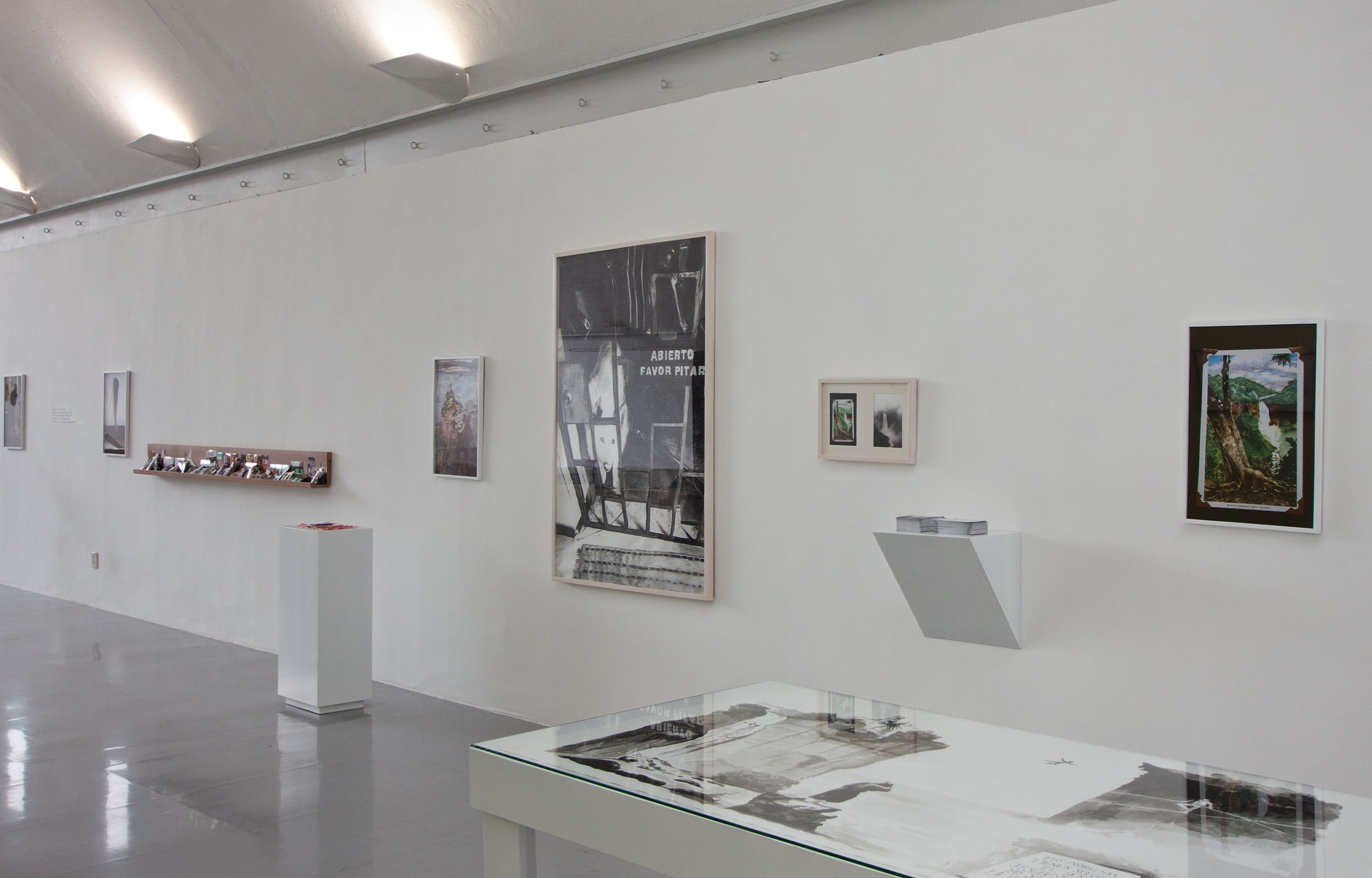
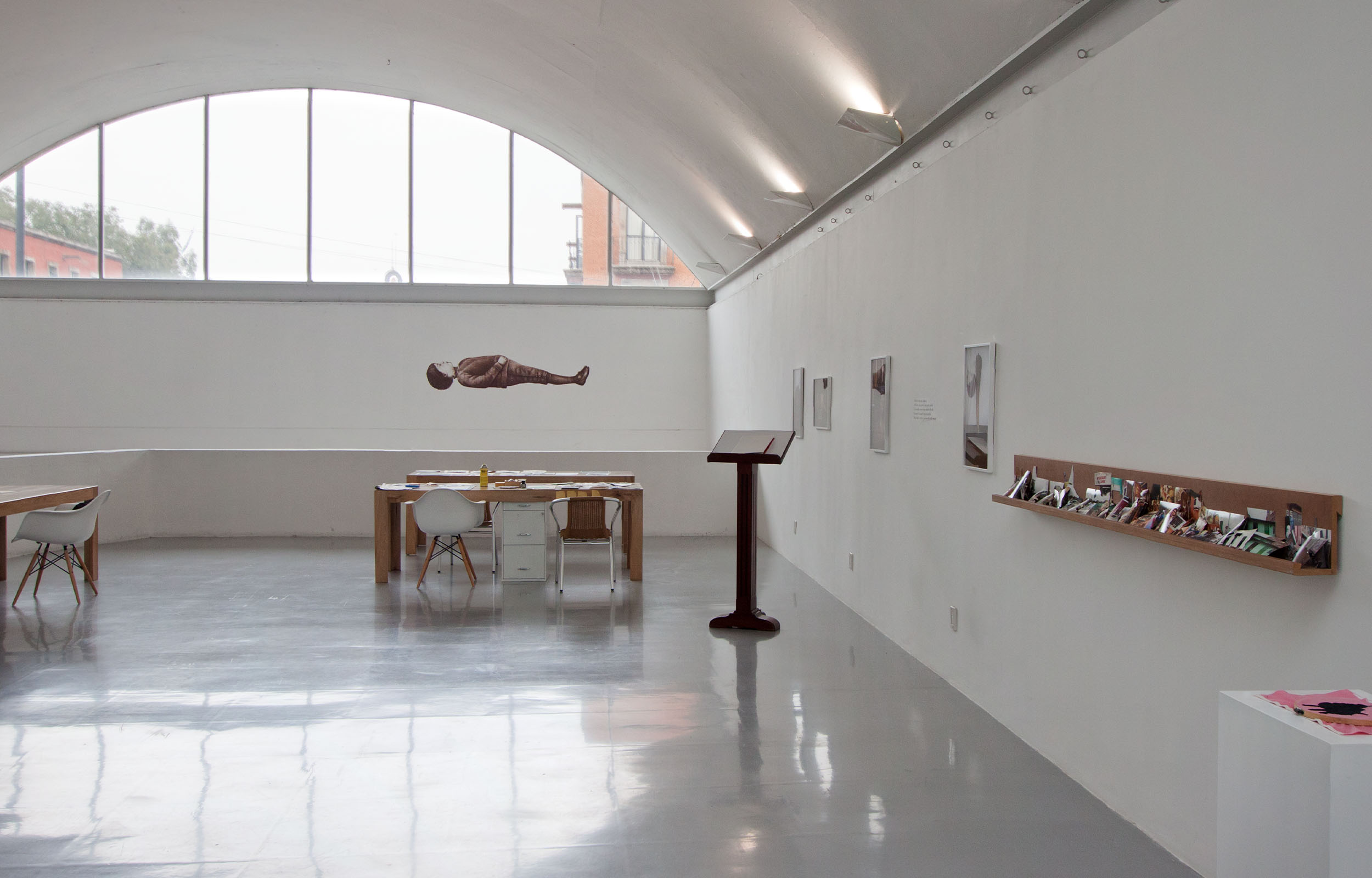
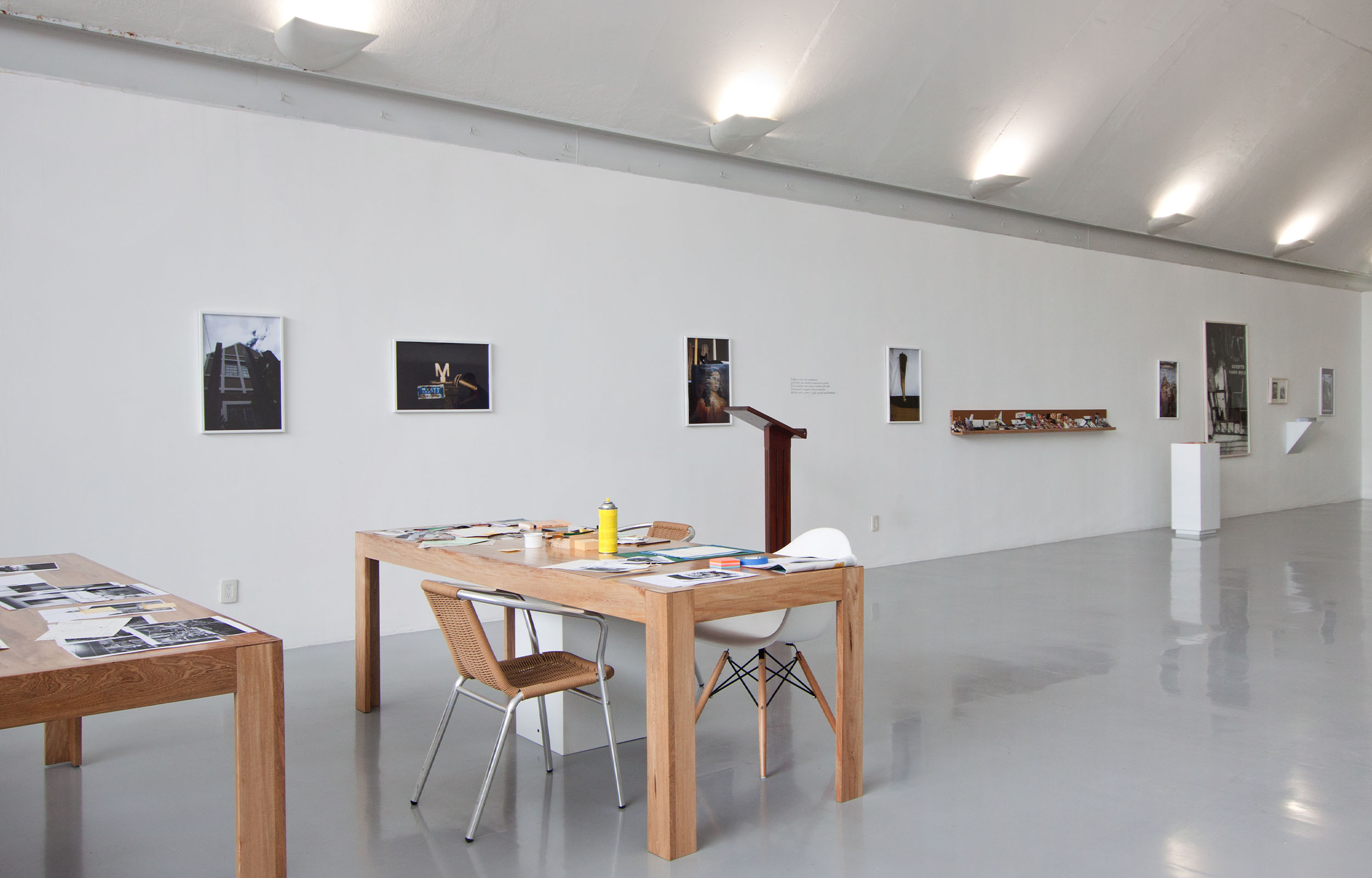
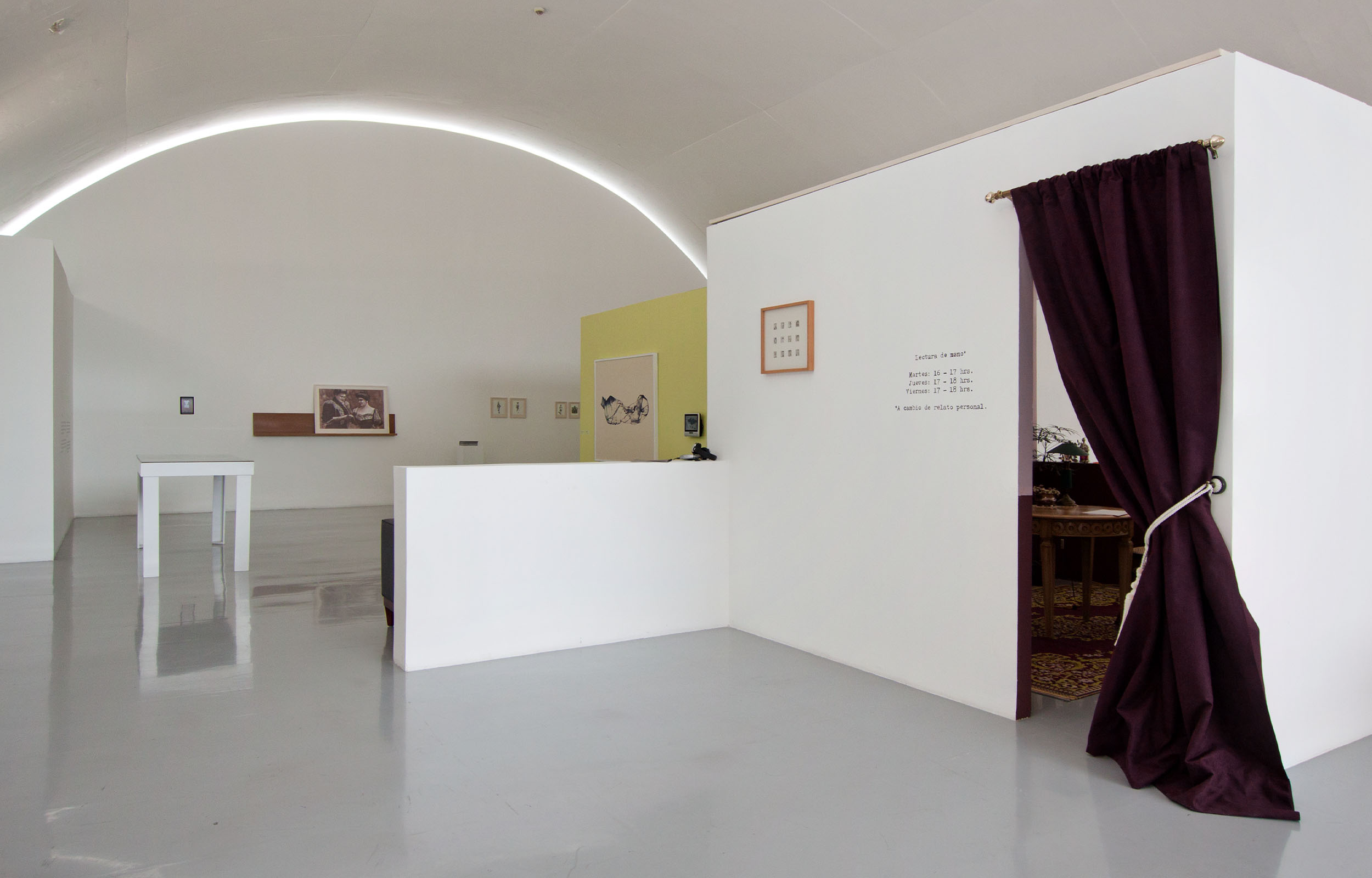
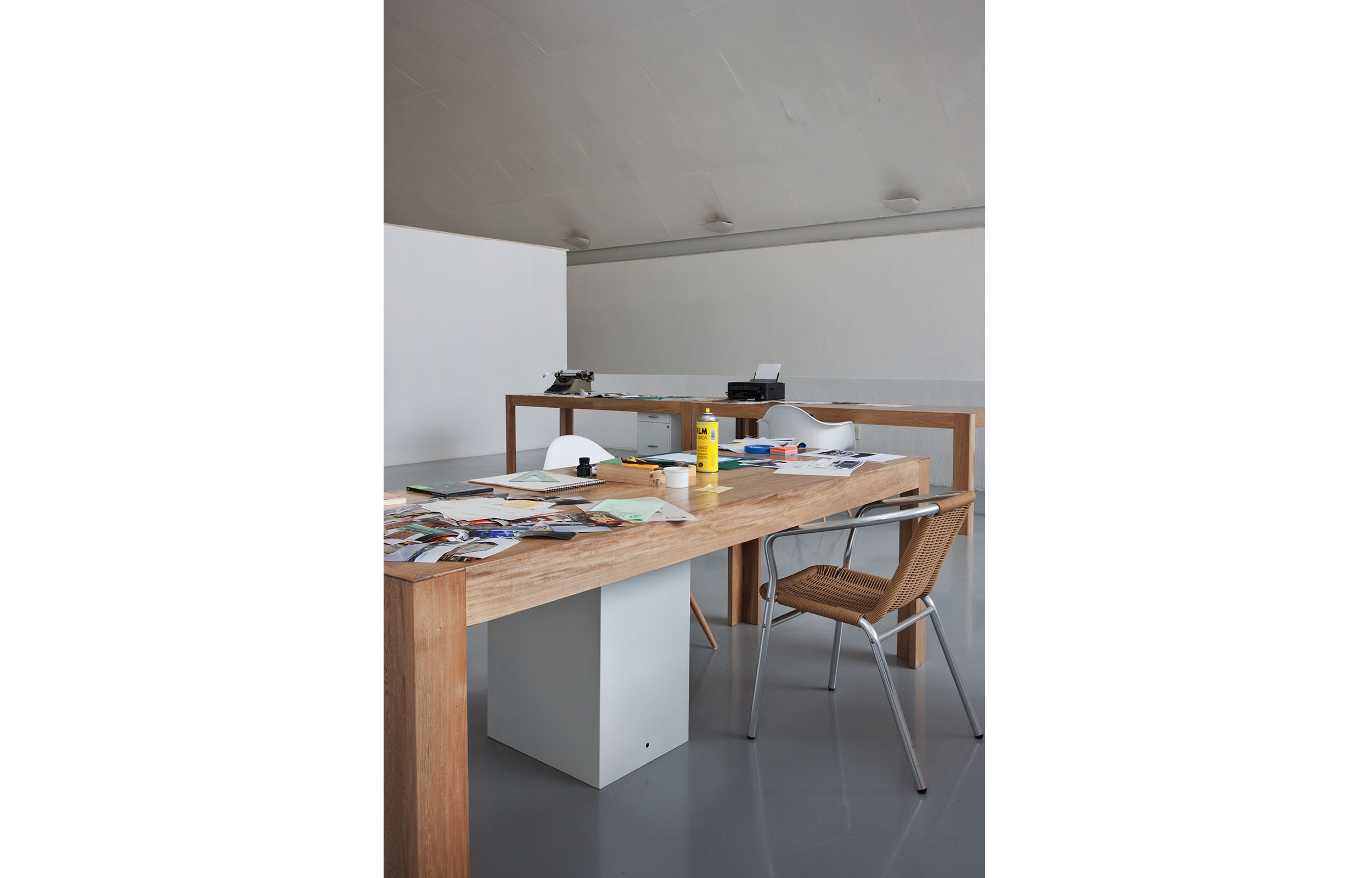
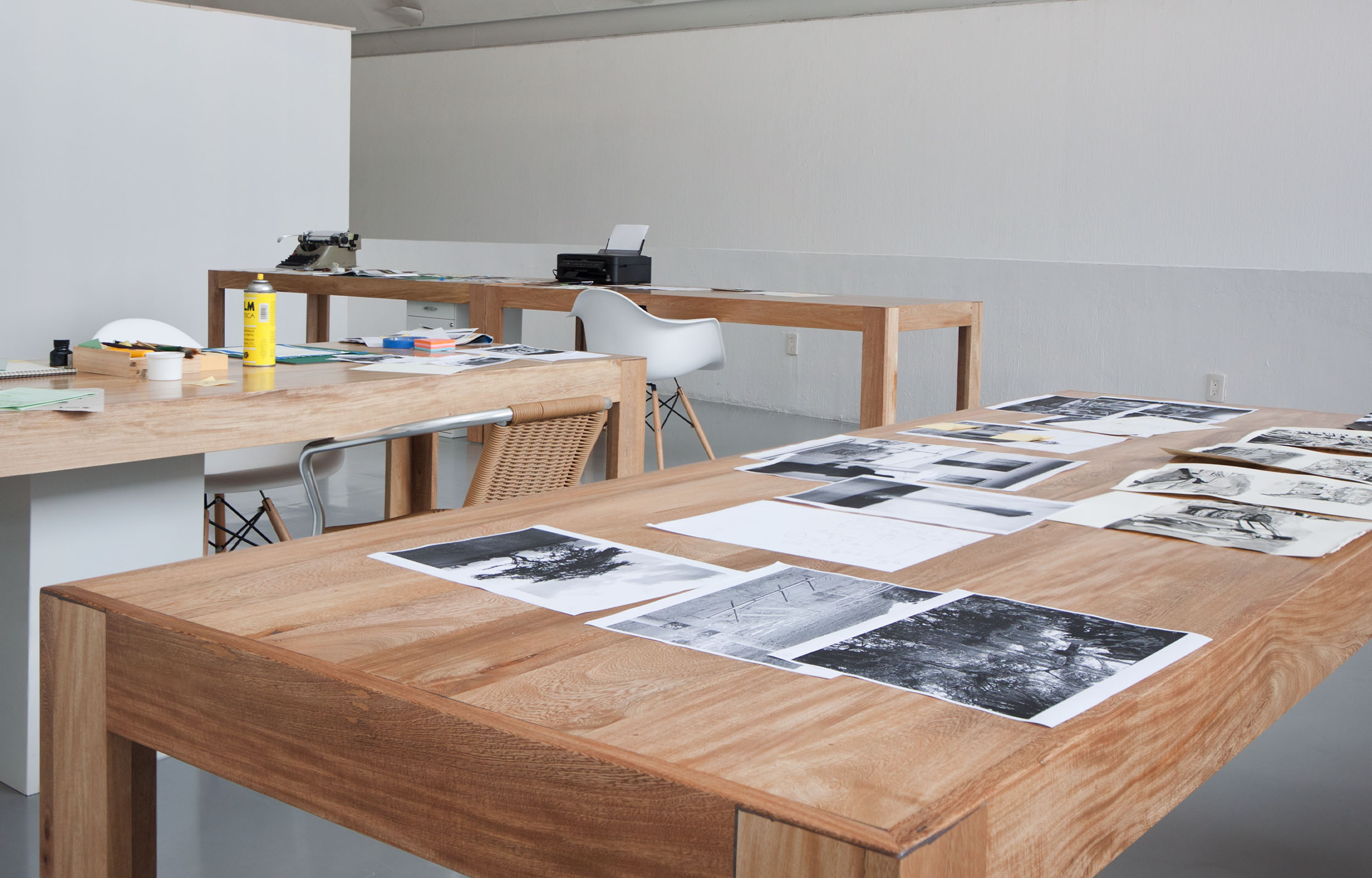
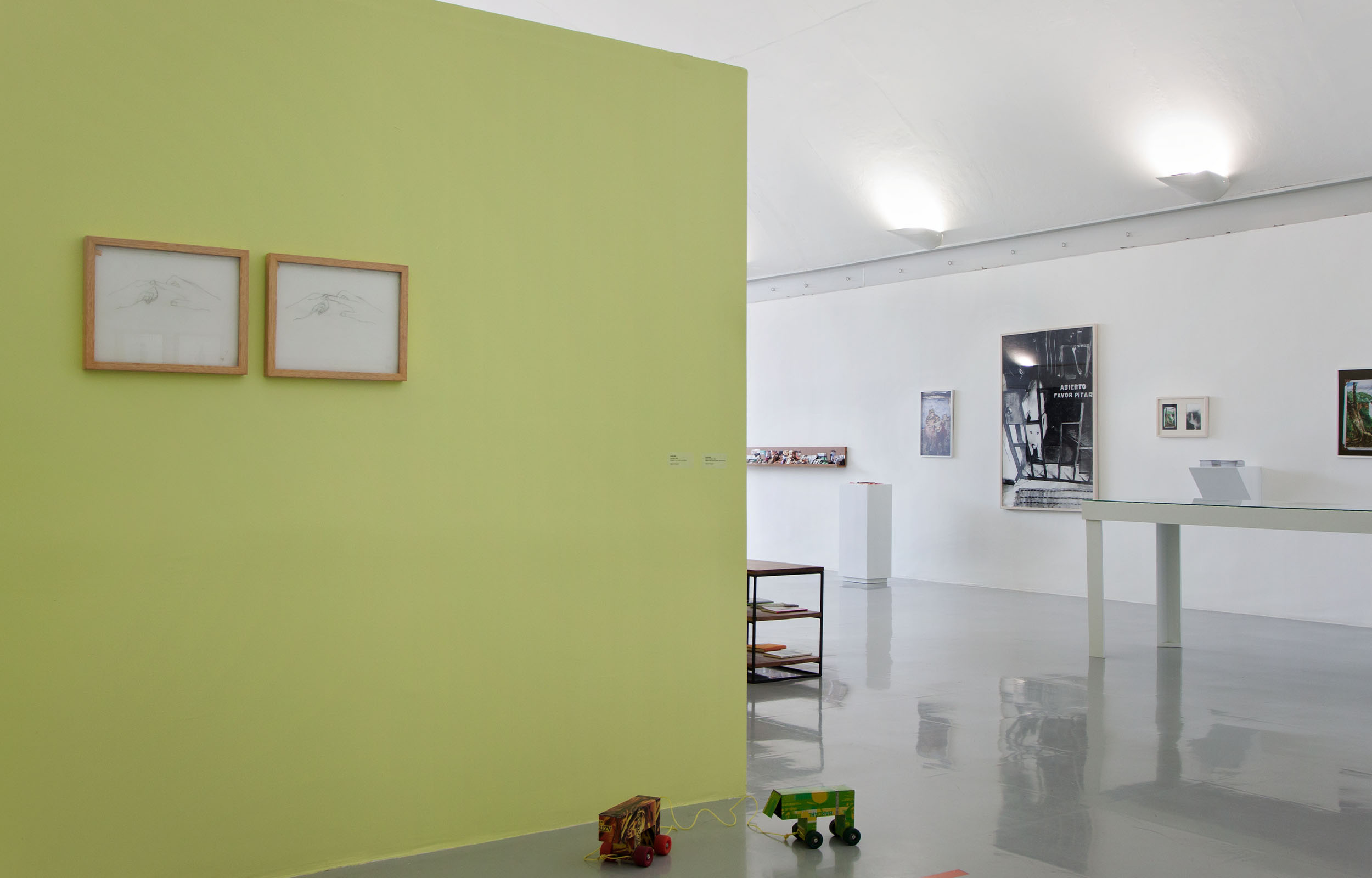

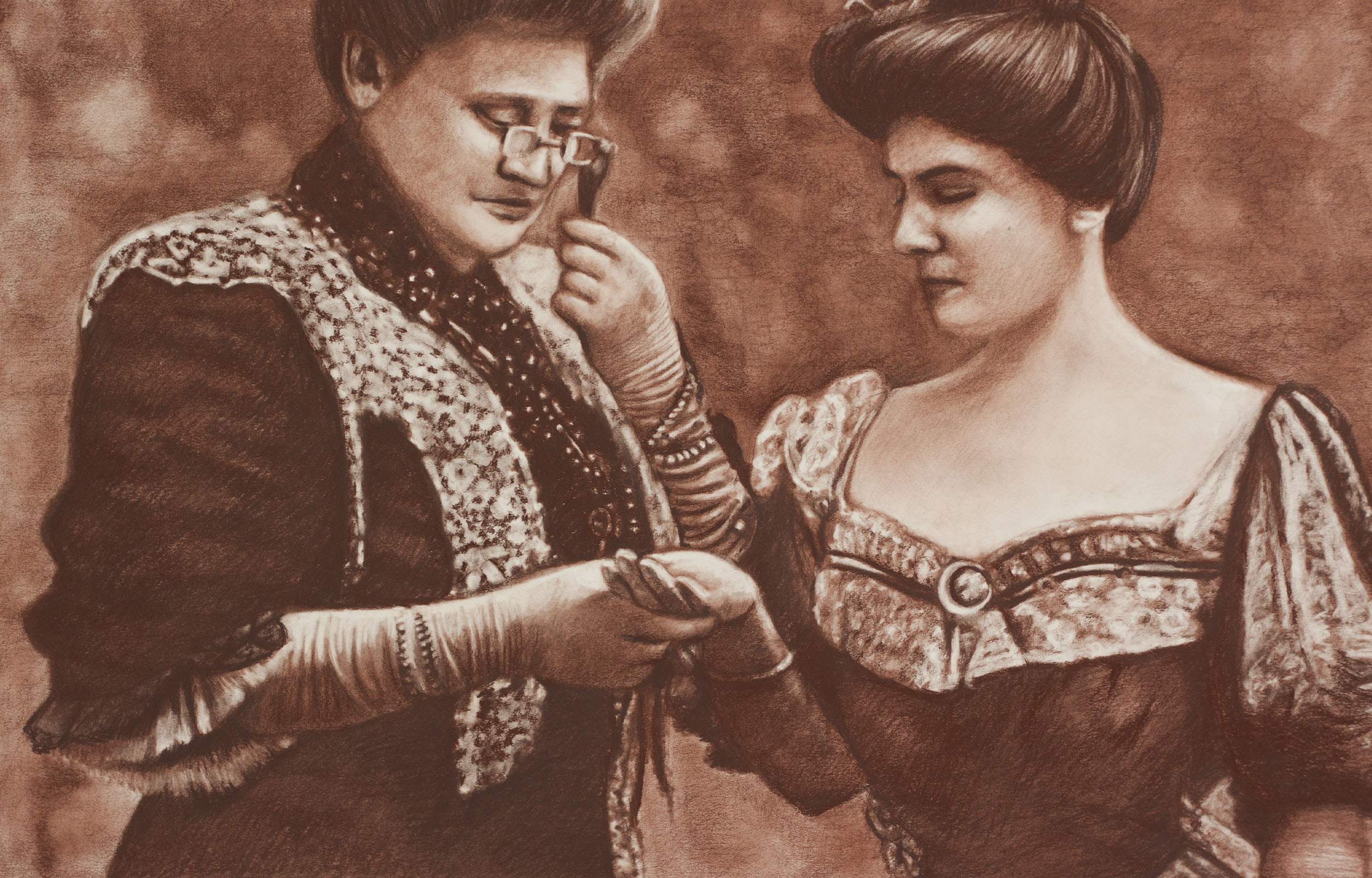
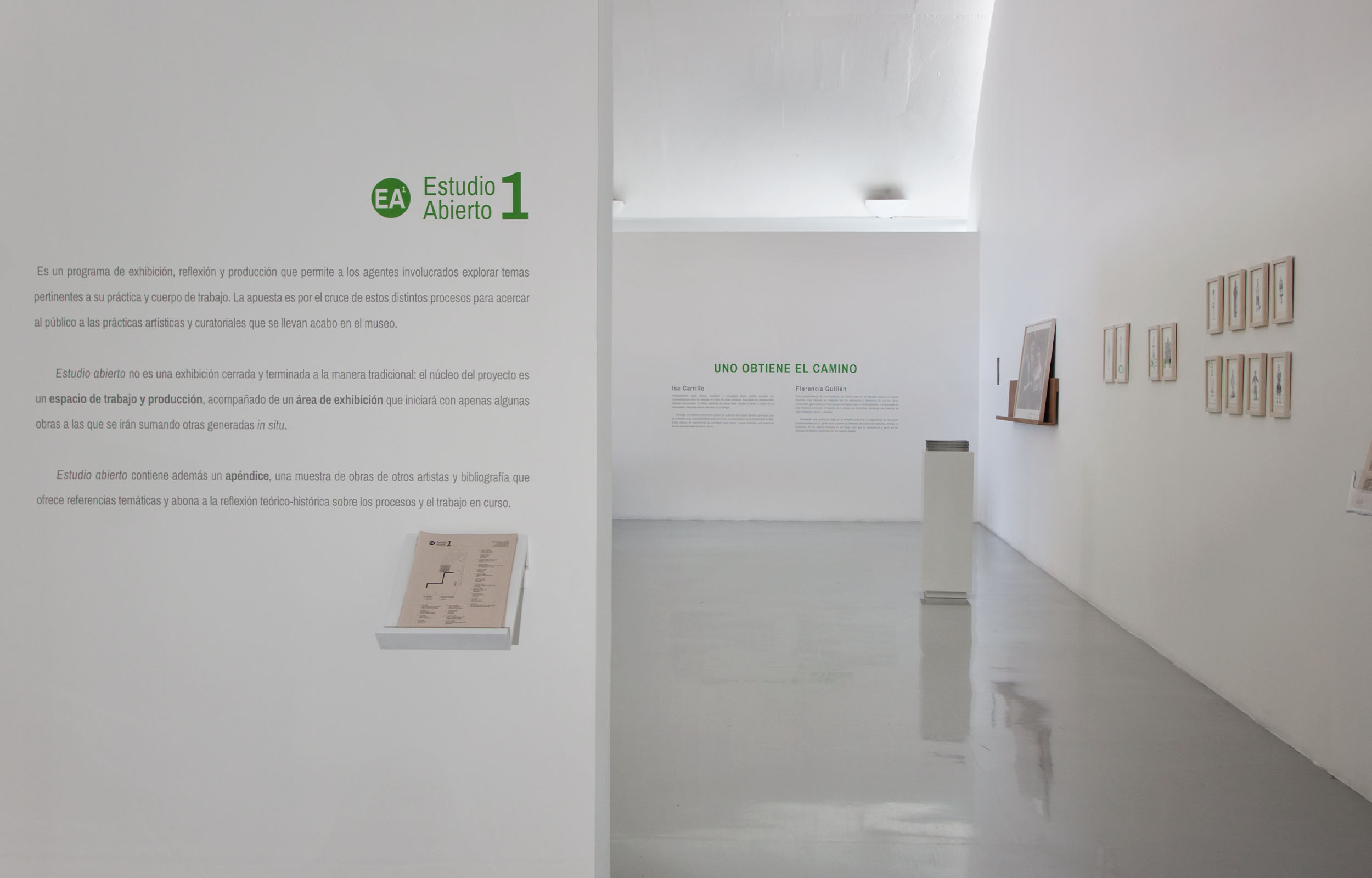
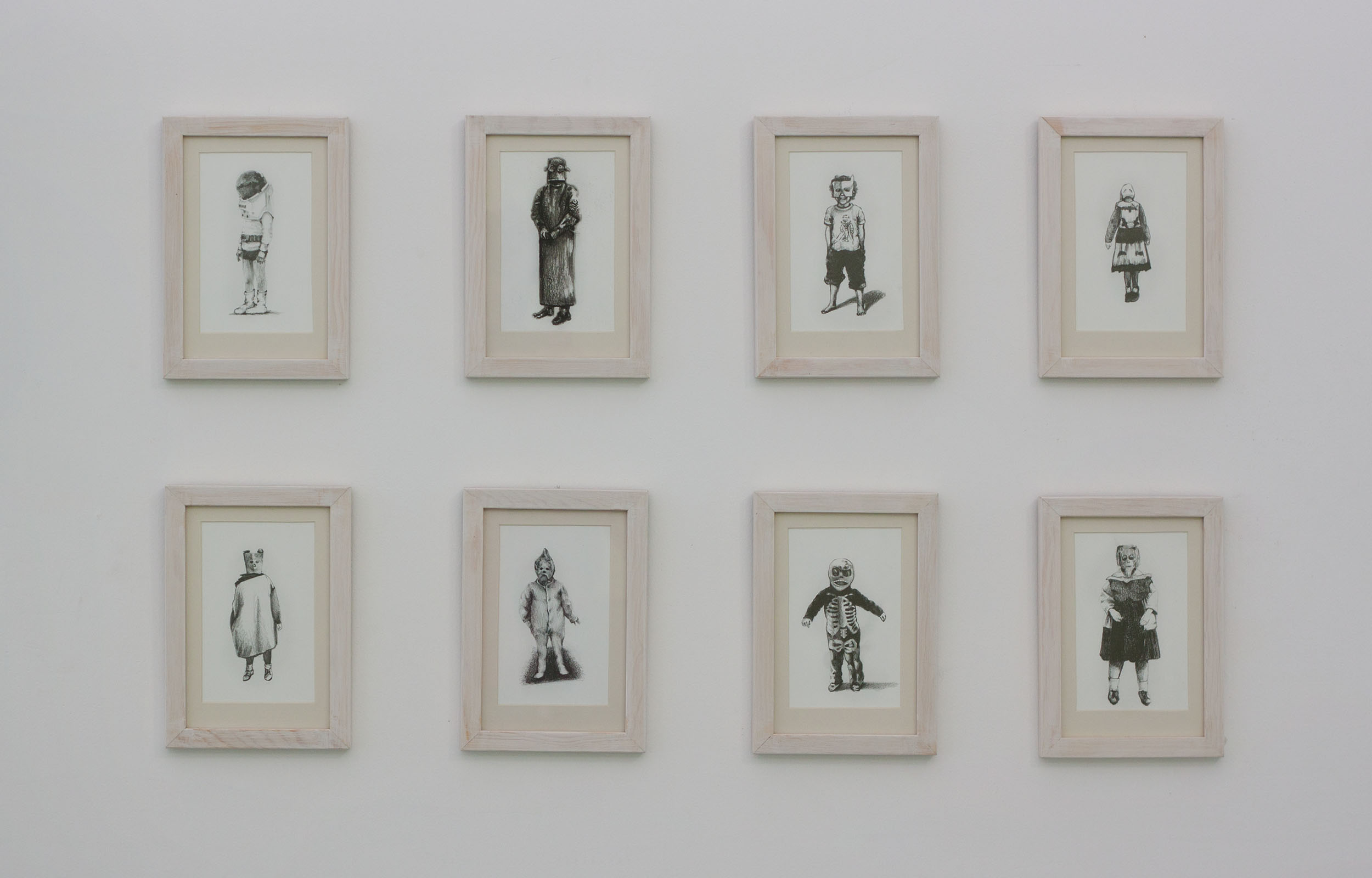
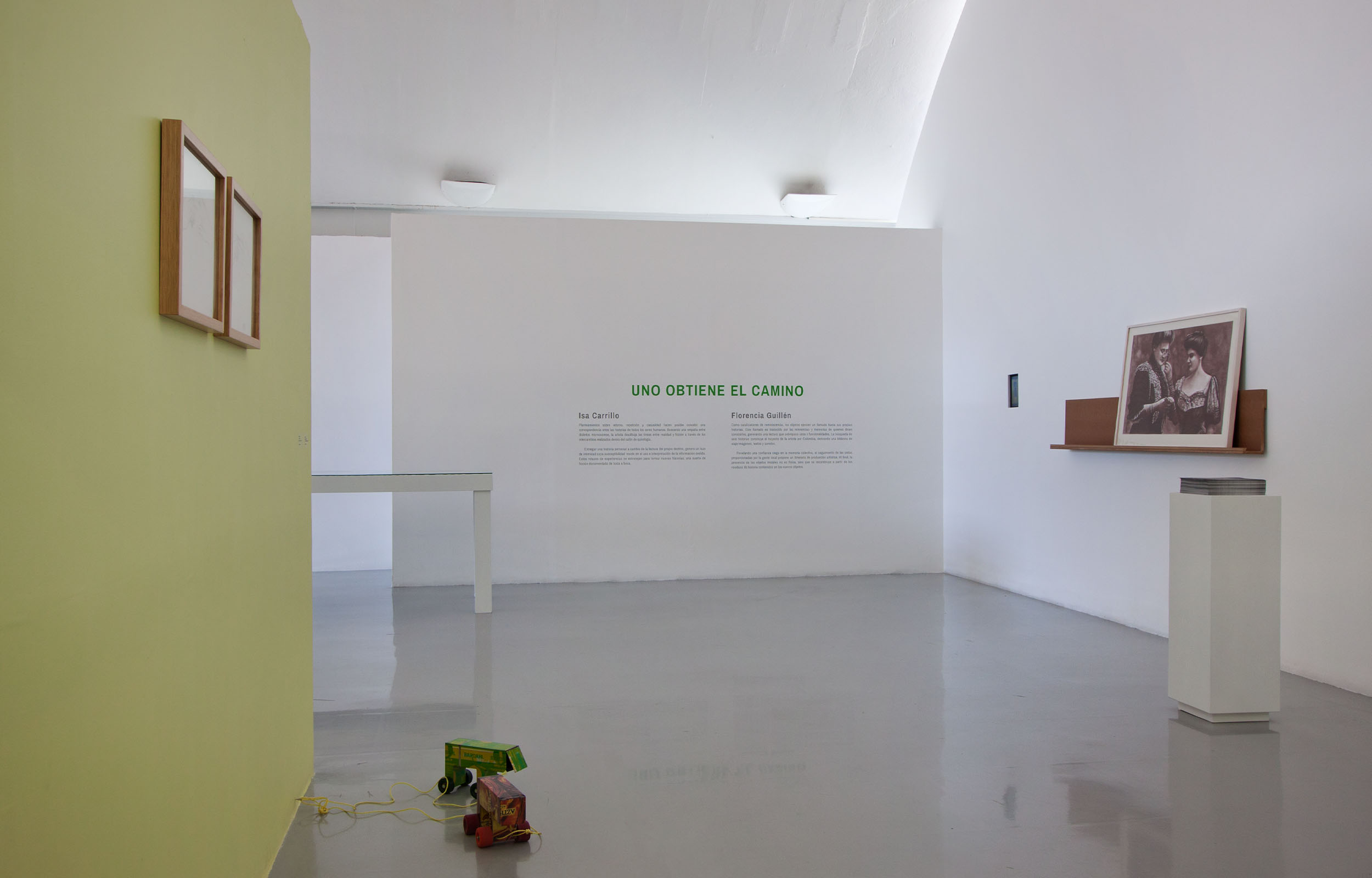
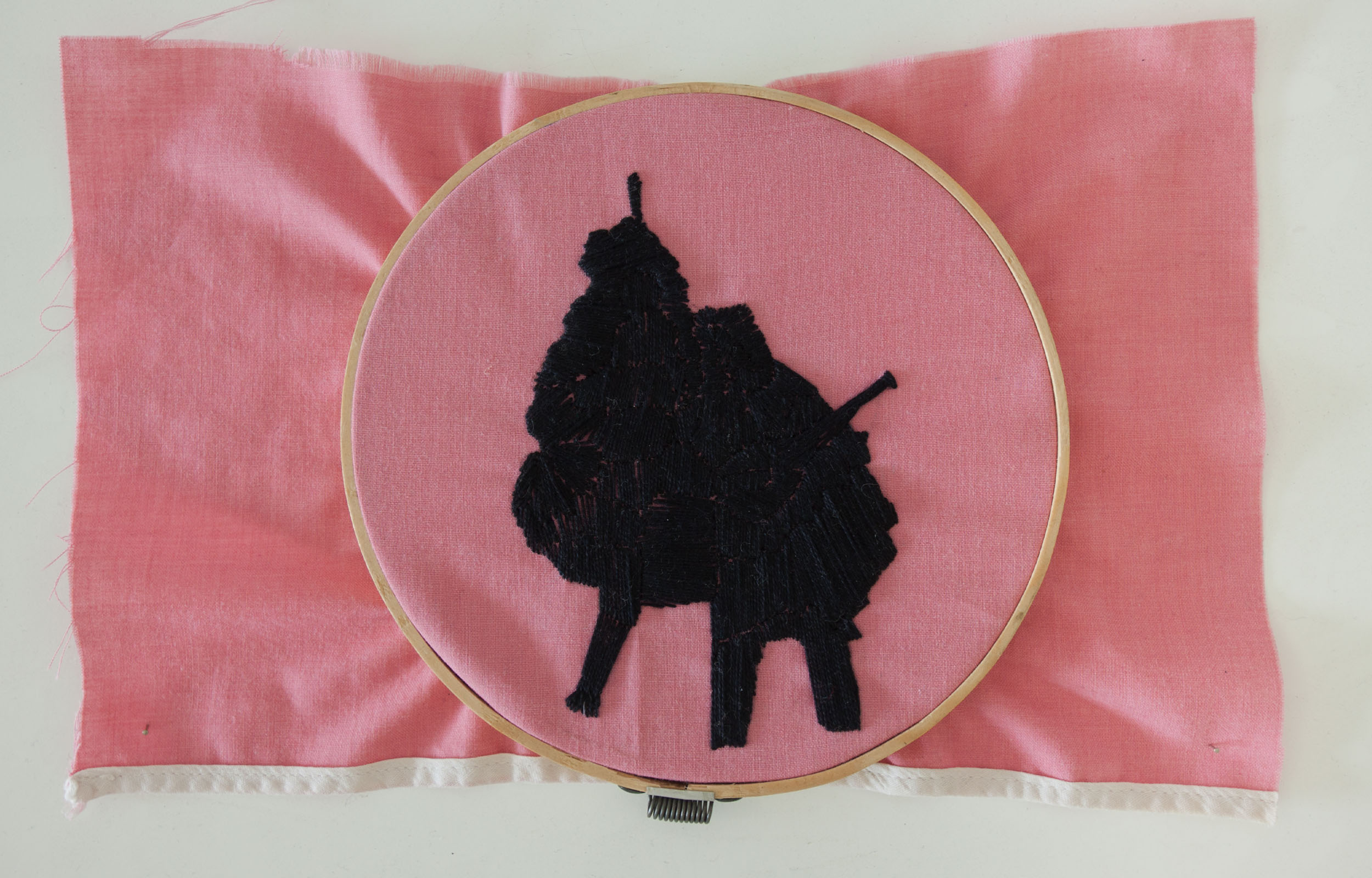

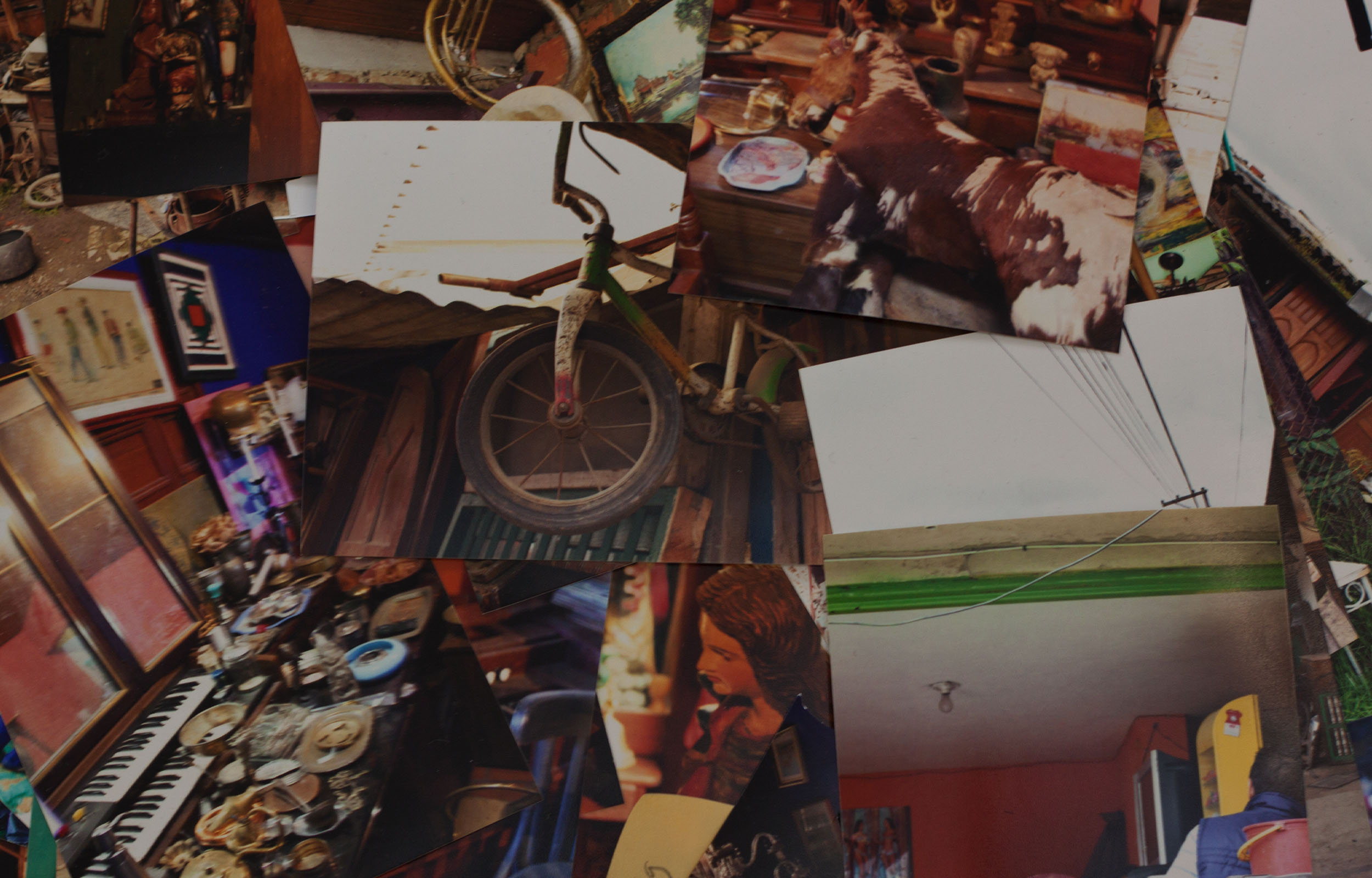
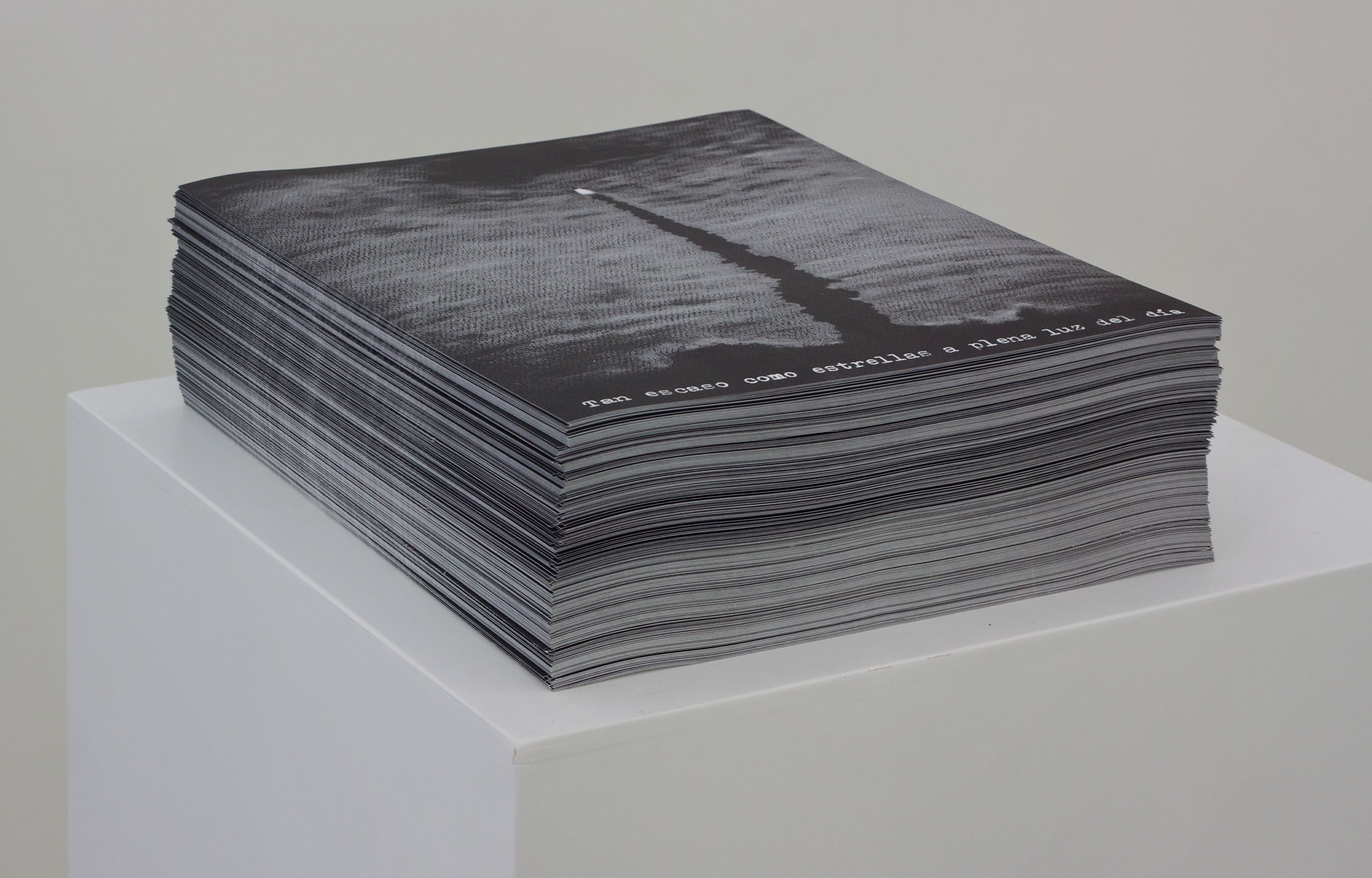
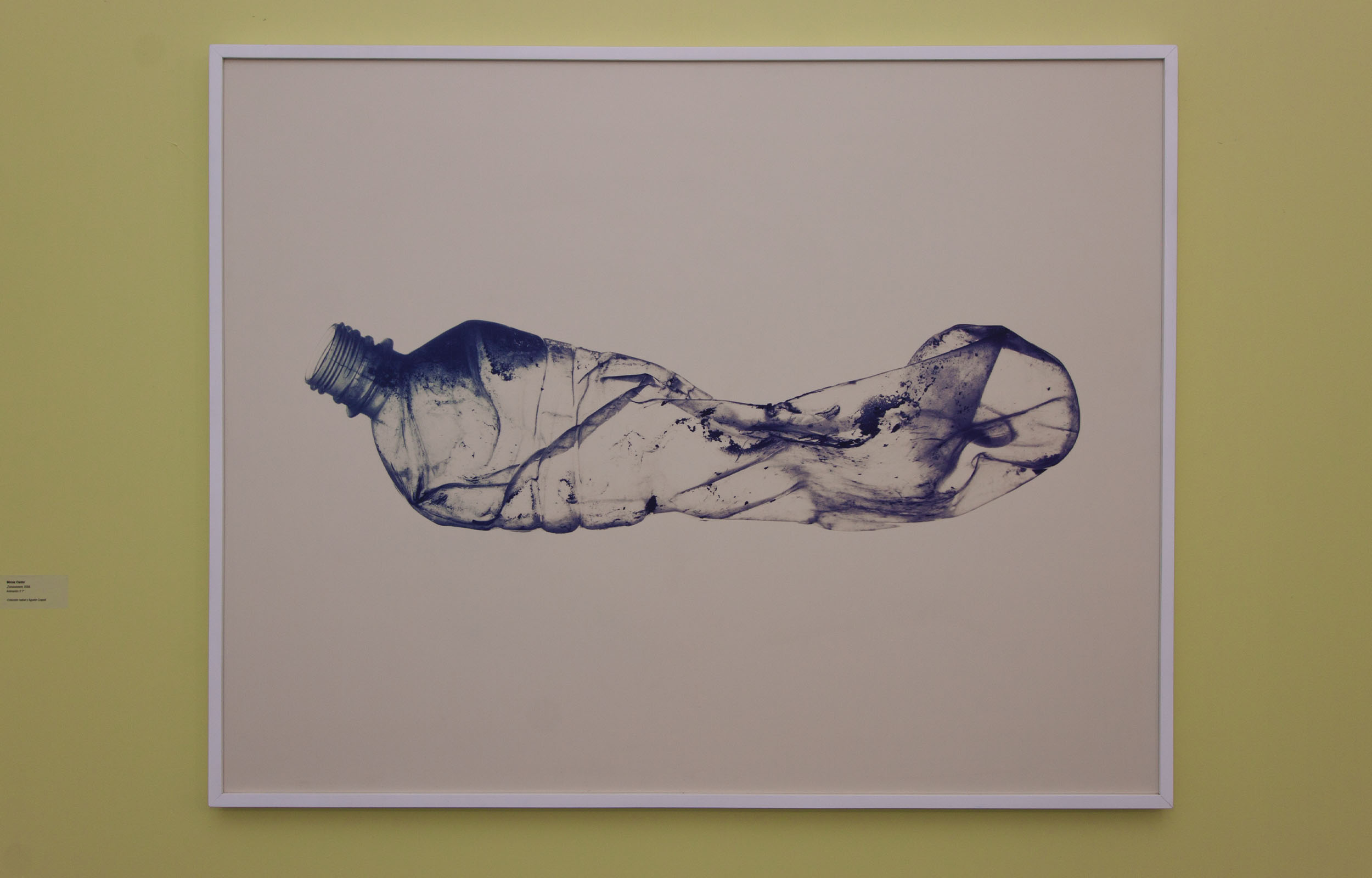
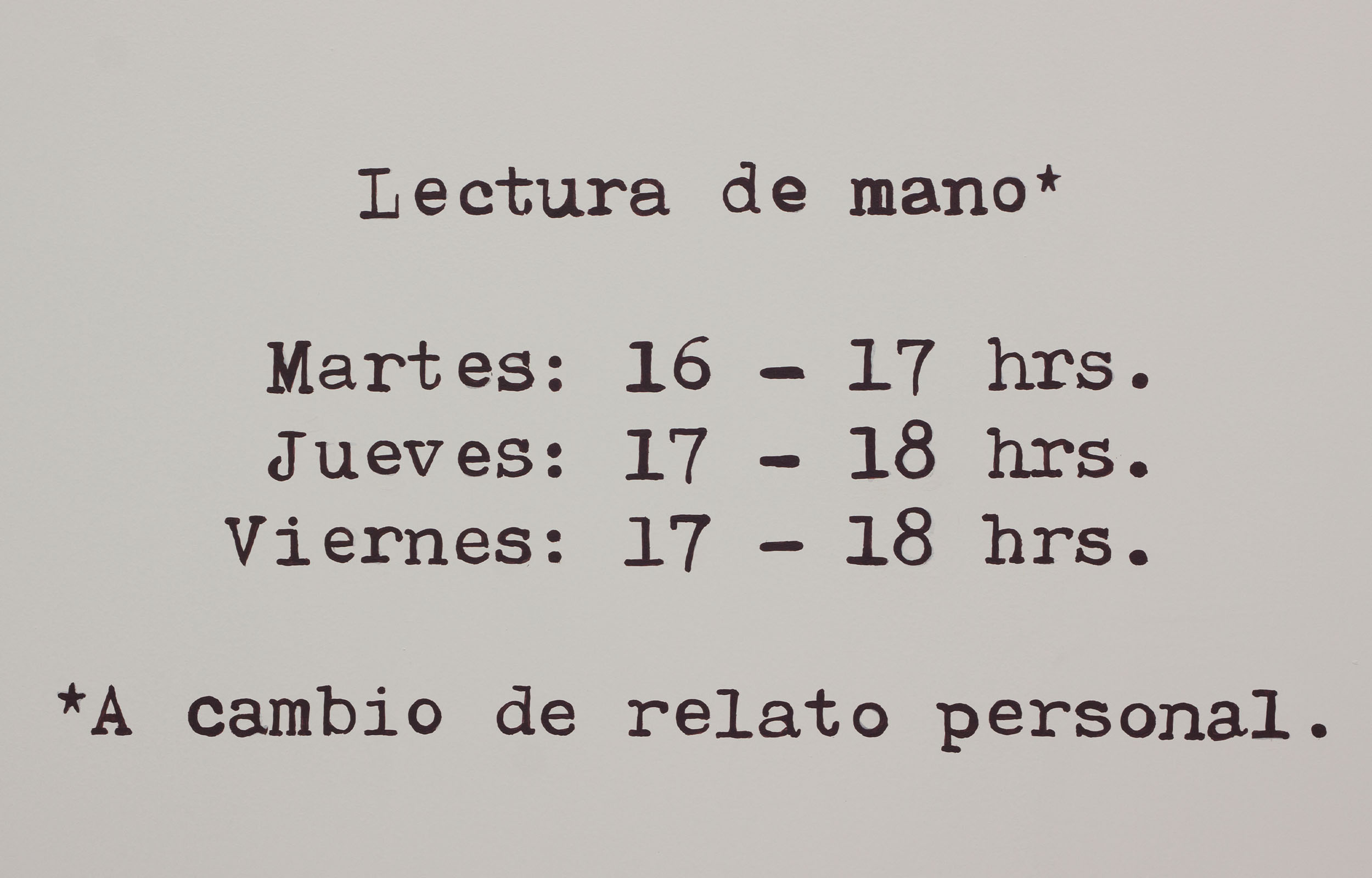

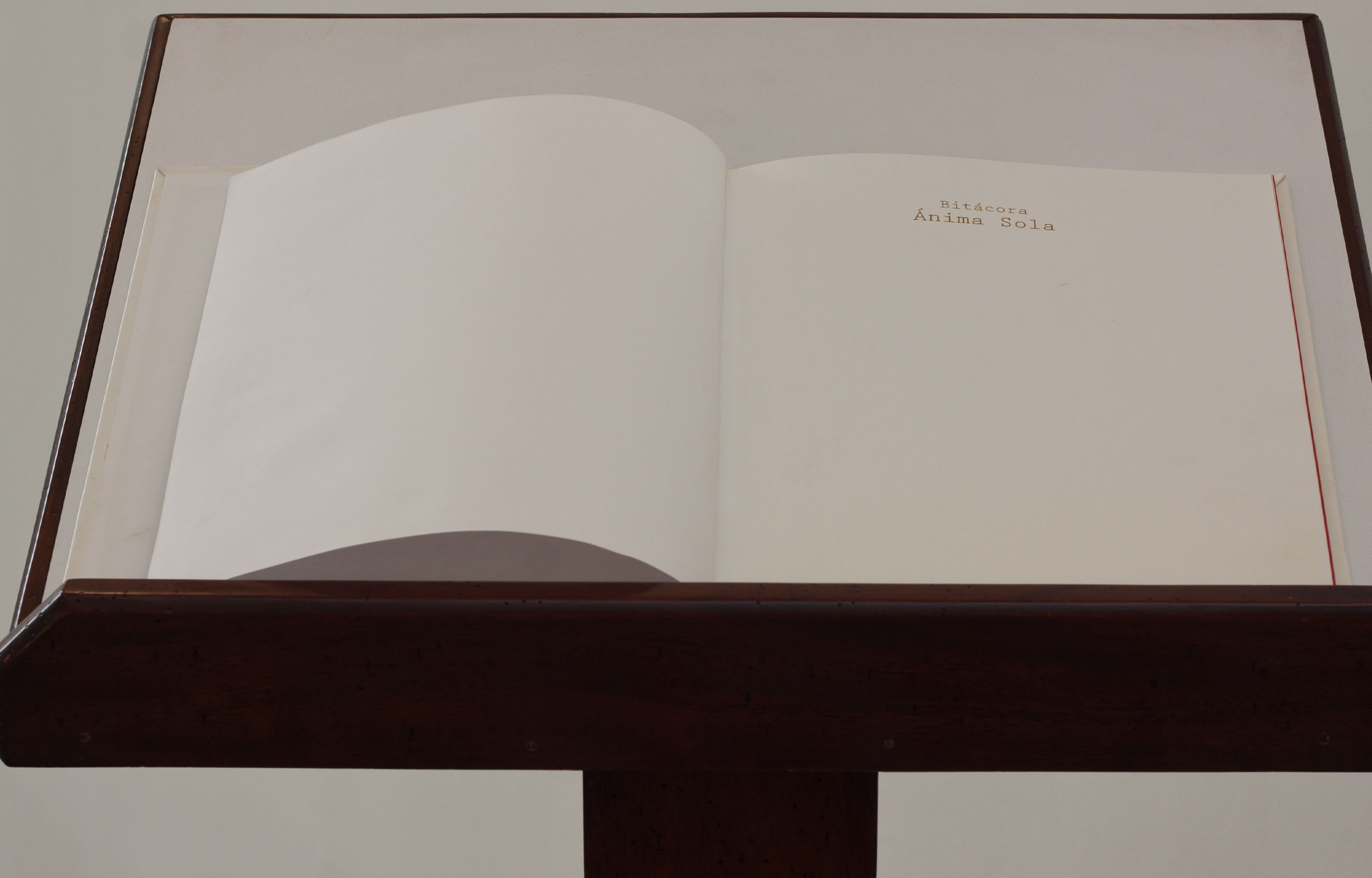
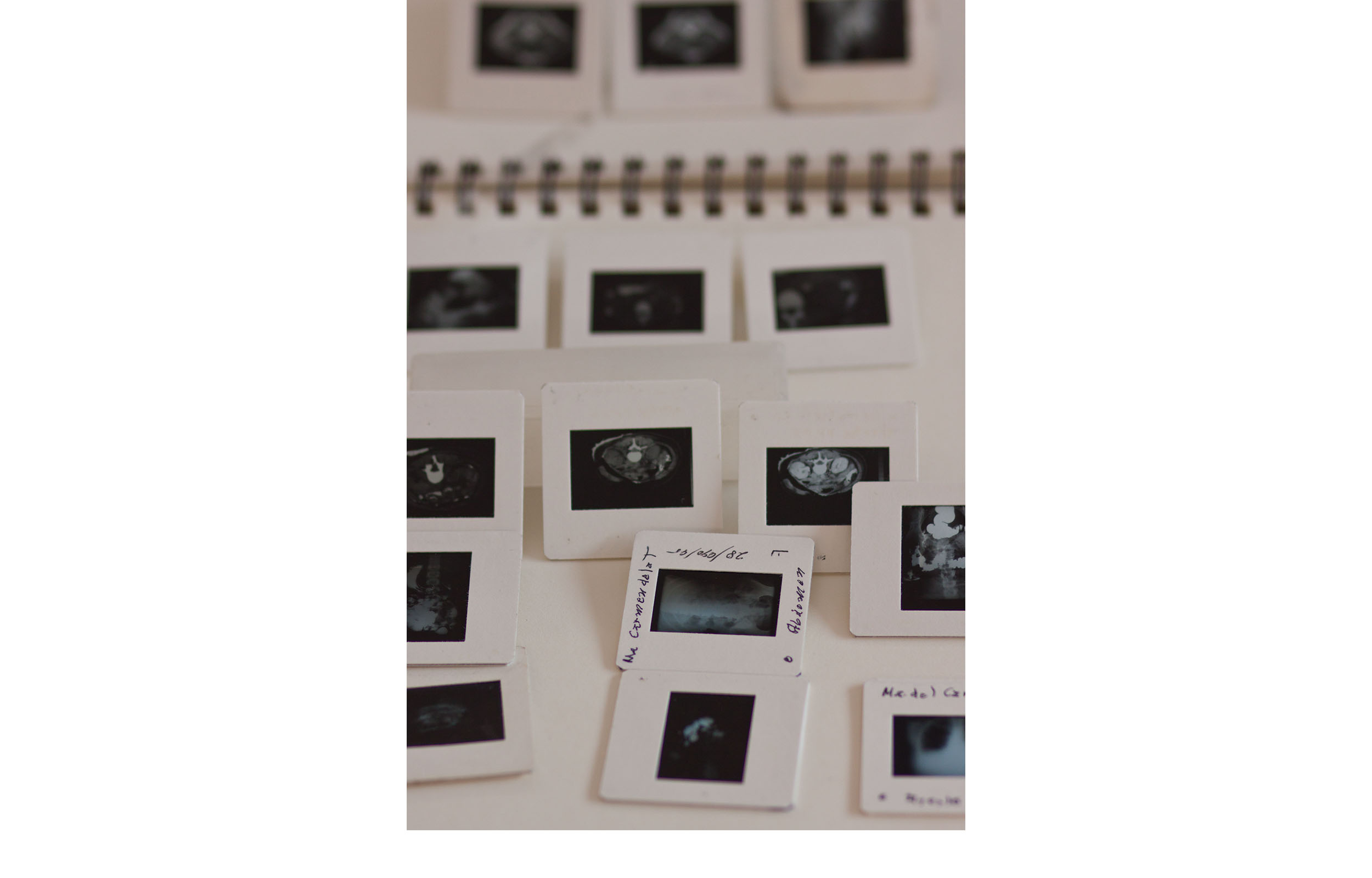
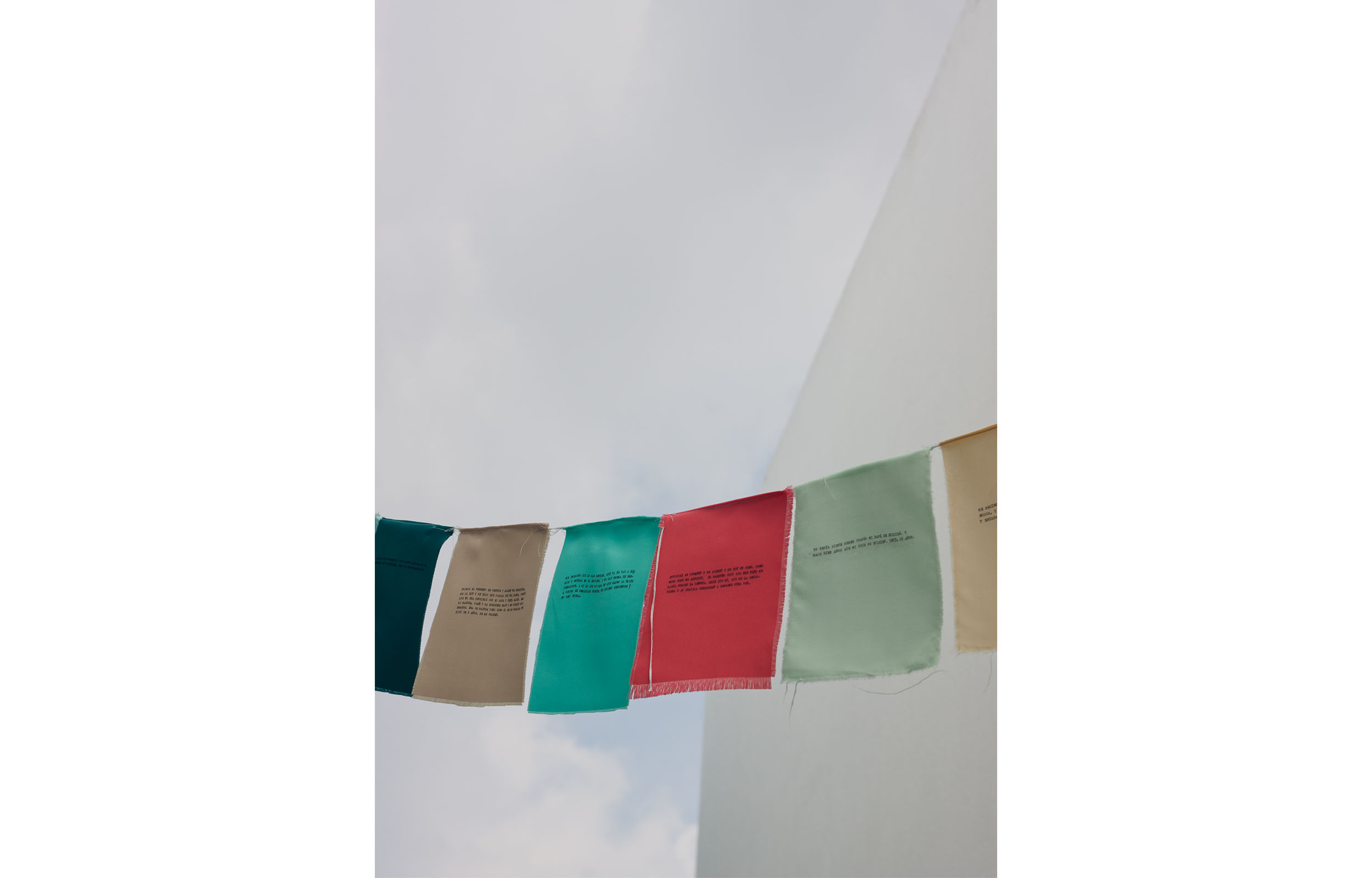
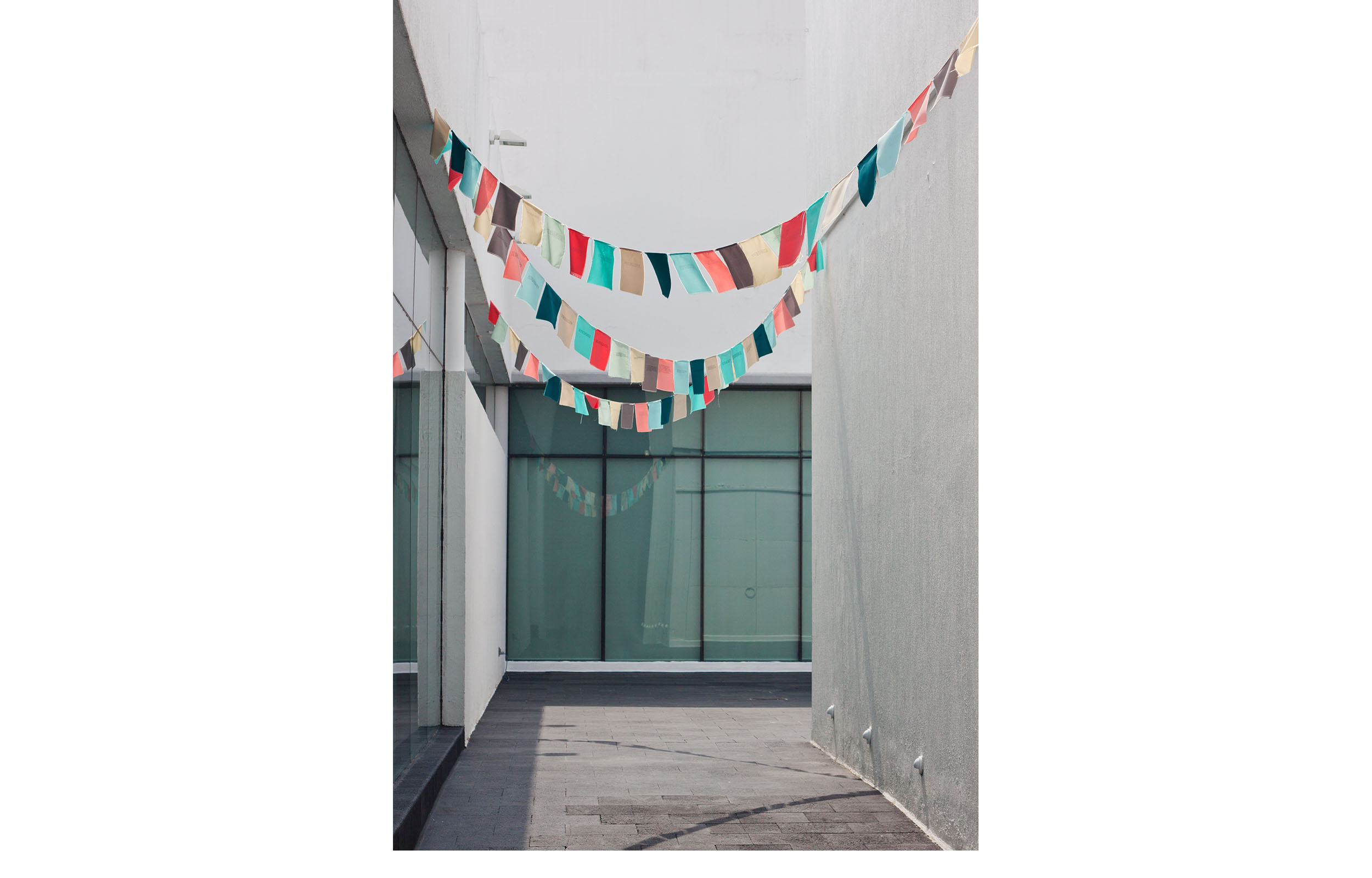
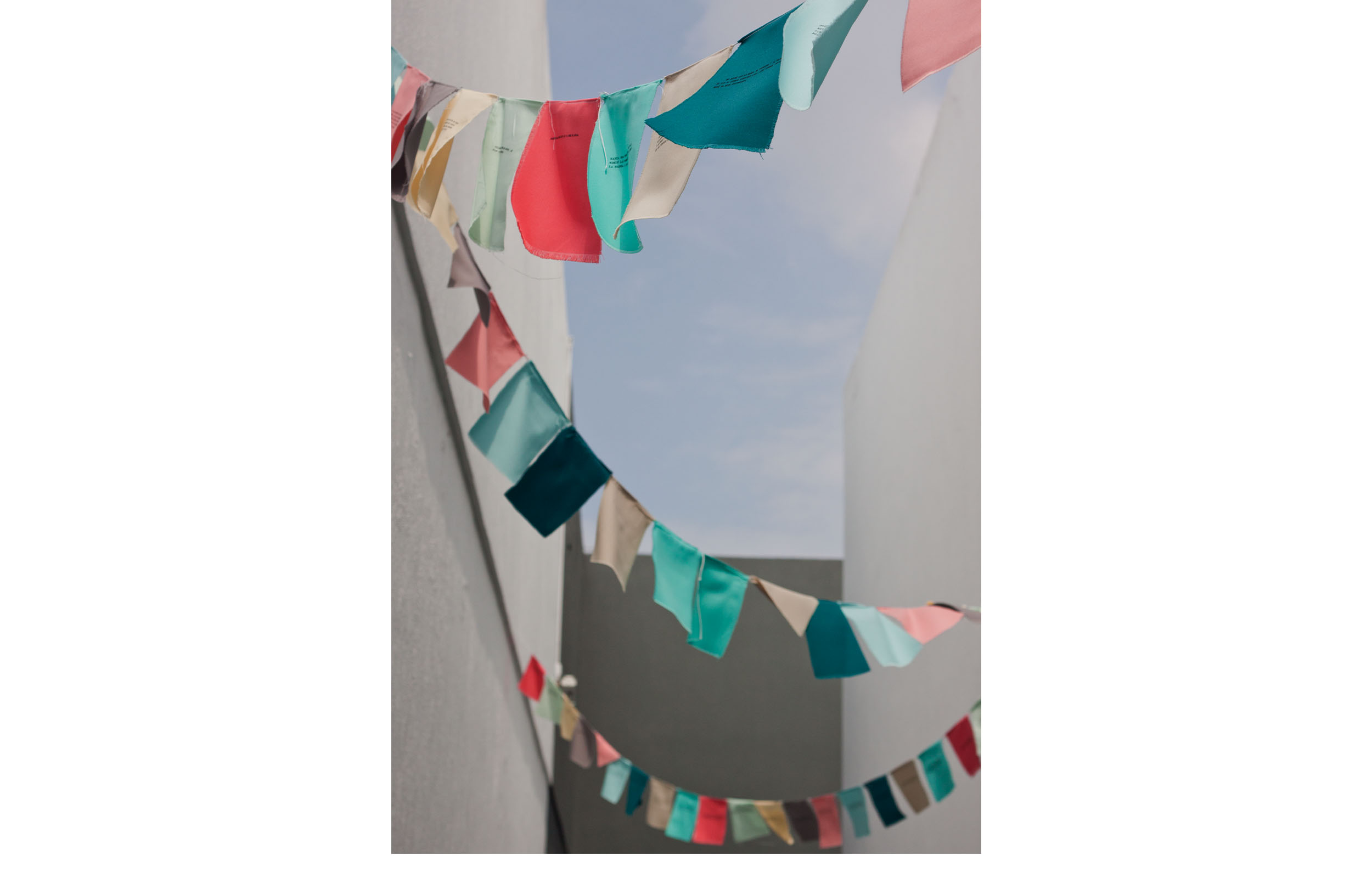
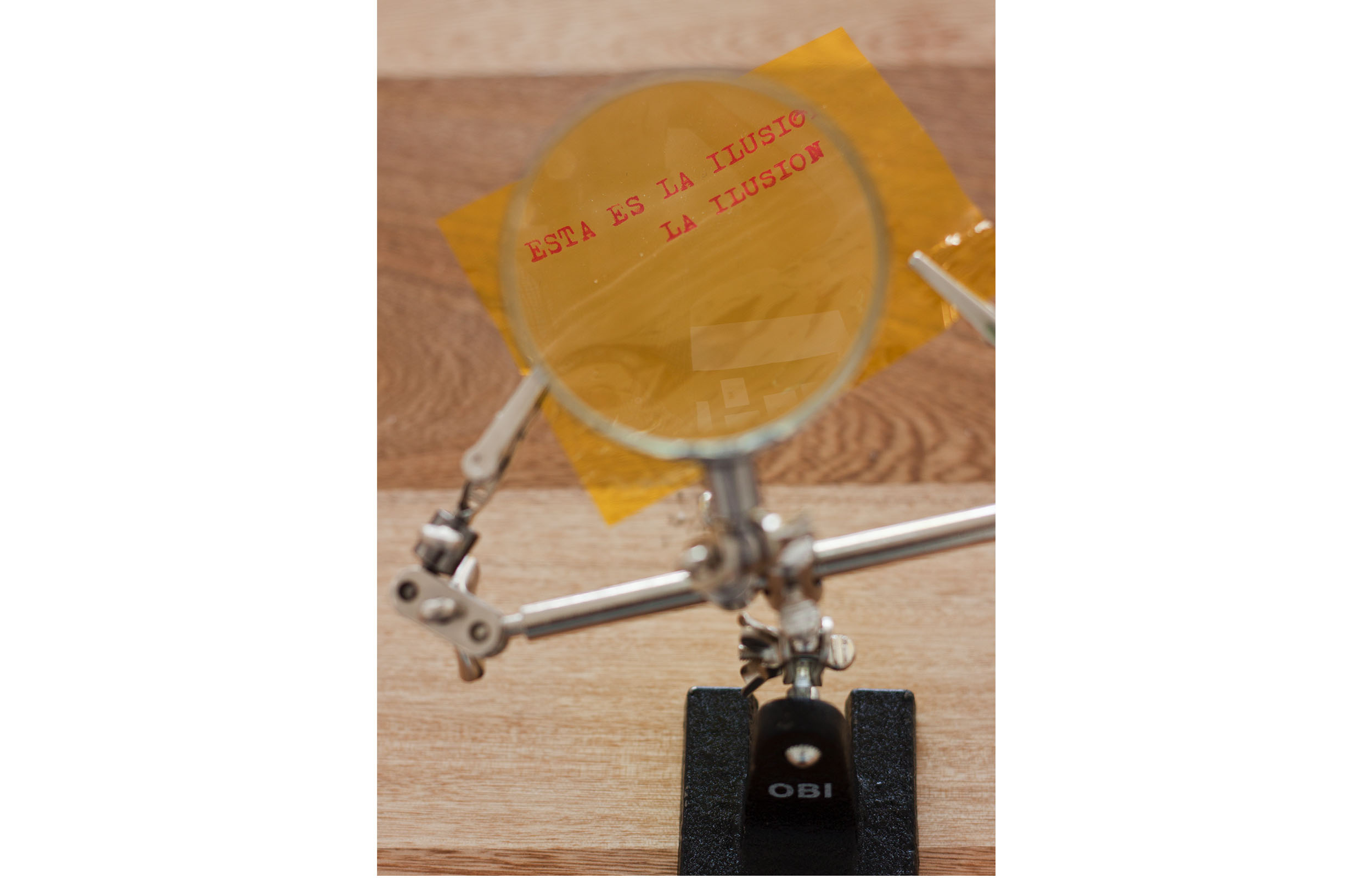

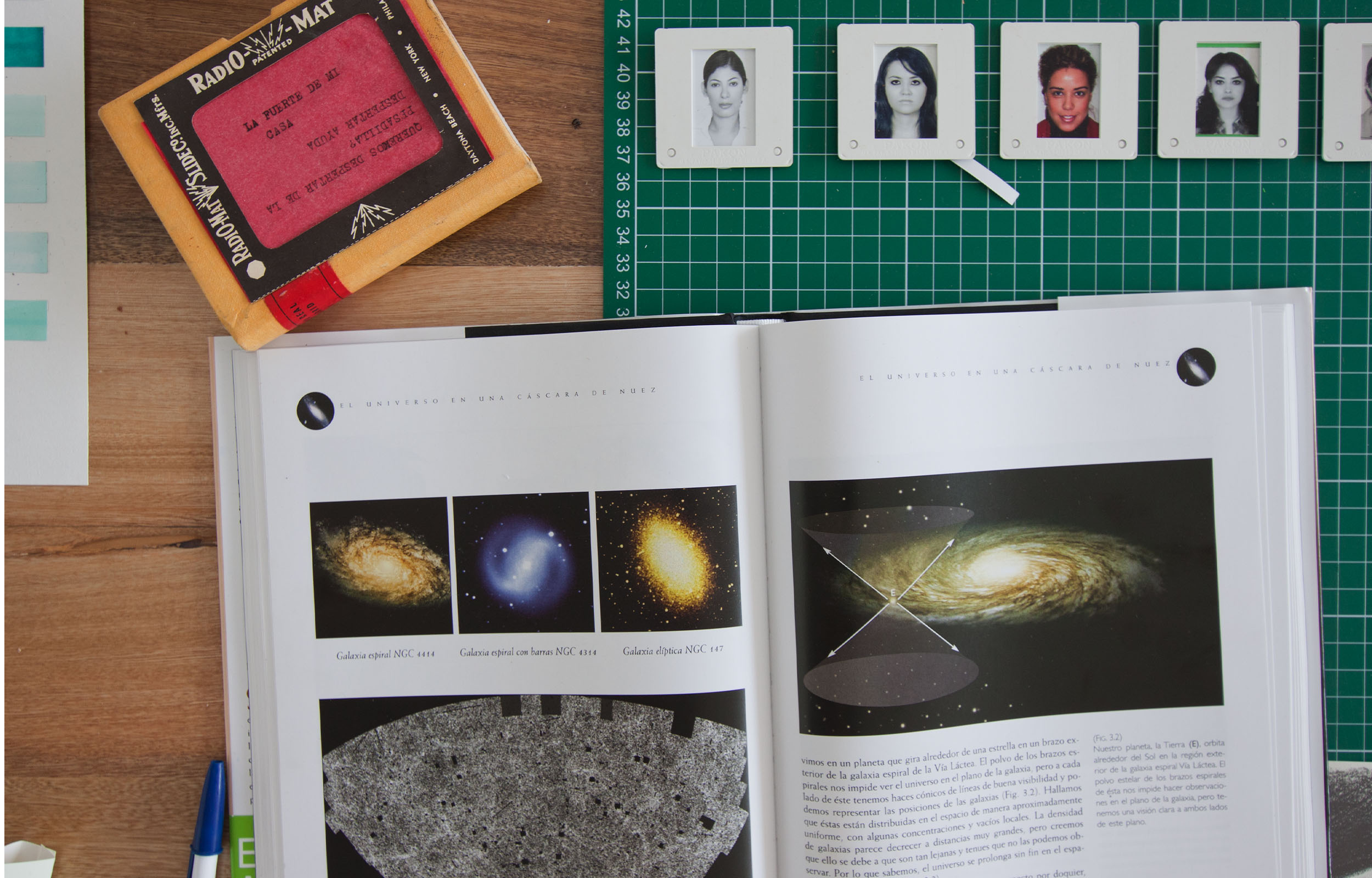
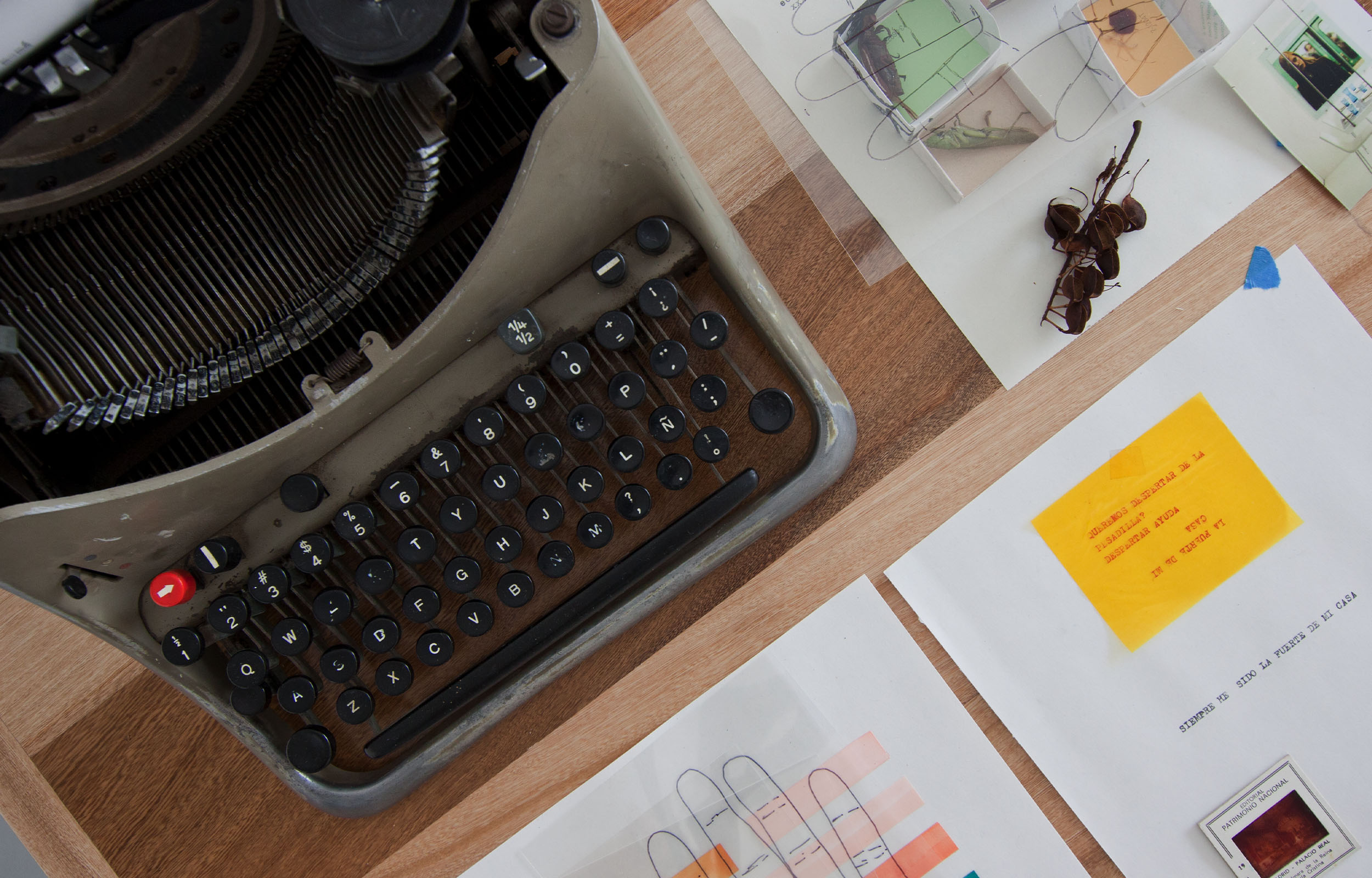
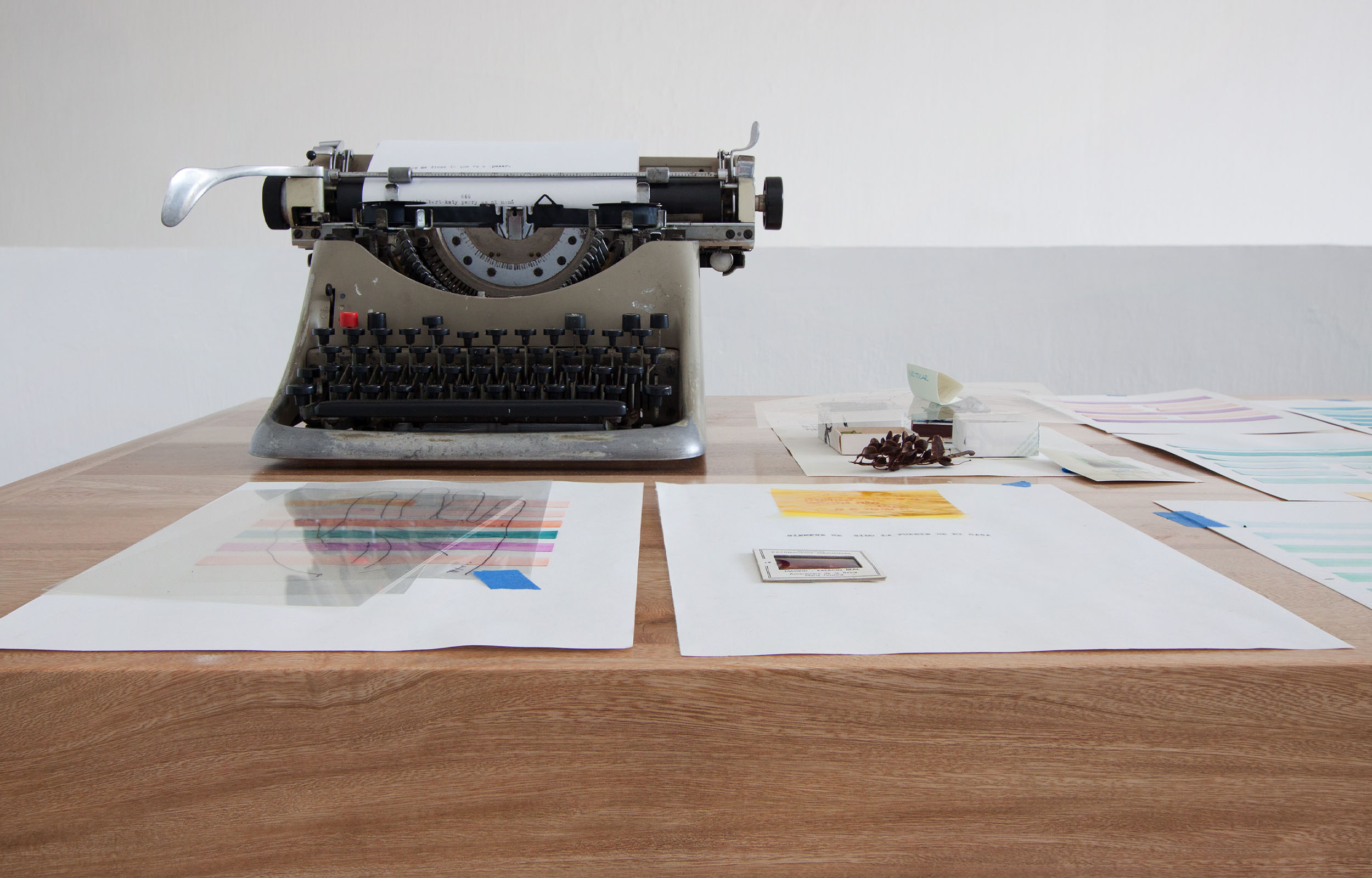
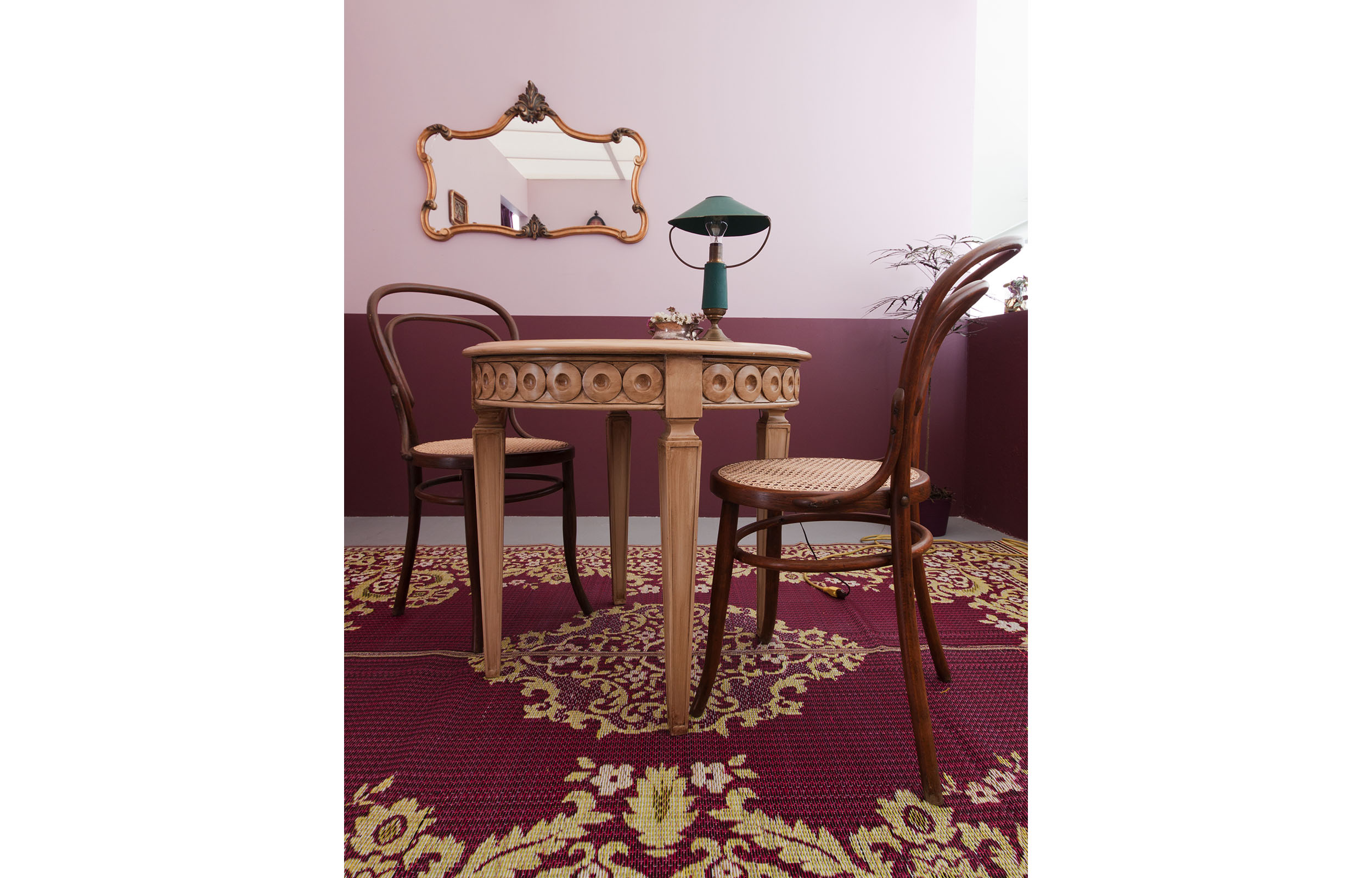
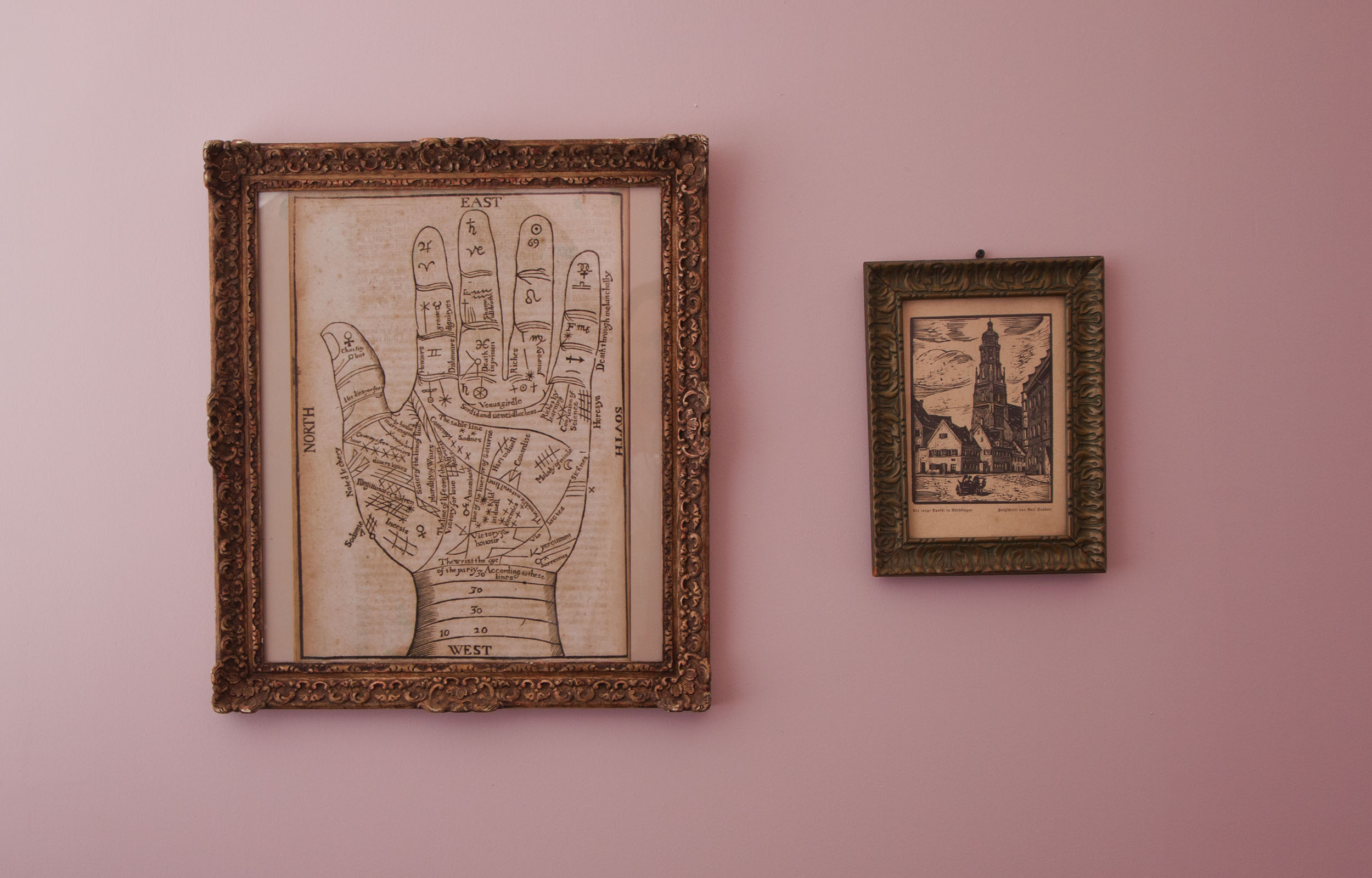
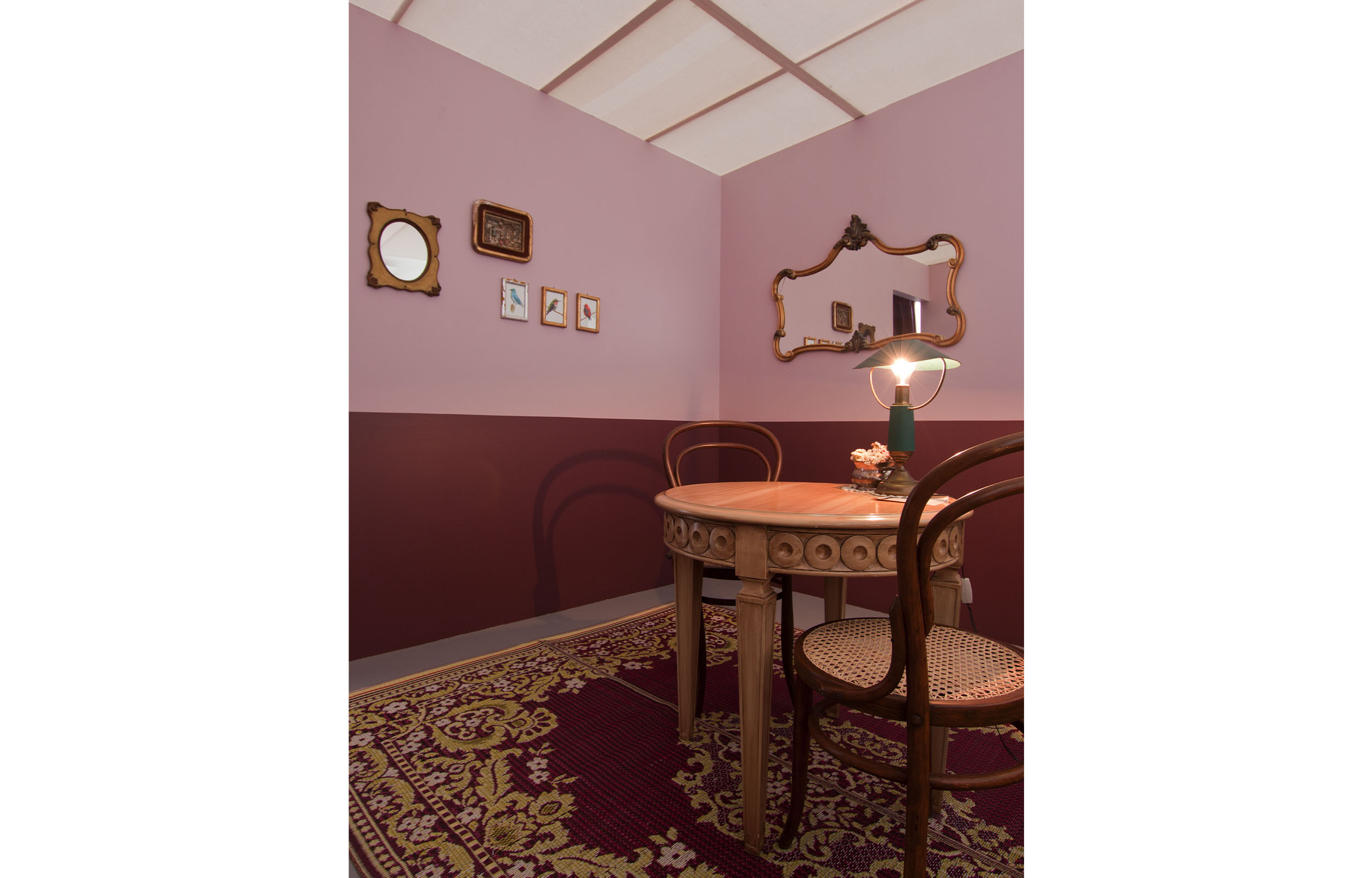
Estudio abierto #1: Uno obtiene el camino | Isa Carrillo y Florencia Guillén
Del 11 de junio al 15 de septiembre de 2013
Apéndice:
Mauricio Alejo · Francis Alÿs · Mircea Cantor · Israel Martínez · Iván Puig · Danh Vo
La misión del Museo de Arte de Zapopan (MAZ) ha consistido en generar experiencias que animen a la reflexión y al aprendizaje a través del arte
contemporáneo, además de favorecer el diálogo entre lo establecido y las nuevas ideas para propiciar conocimiento complejo y pensamiento autónomo. Memoria y tiempo, estética social y ecología integral han sido los temas que orientaron las líneas de investigación para exponer proyectos de artistas locales y organizar muestras internacionales cuyos argumentos fueran socialmente relevantes. El MAZ, como recinto sin colección permanente, tiene como uno de sus objetivos producir contenido y crear espacios para una
reflexión de largo aliento.
Una decisión adicional fue sostener el compromiso de no elaborar exhibiciones individuales a manera de retrospectiva, con la intención de mantener la proximidad con la comunidad, al priorizar la producción artística que participa de su contexto para volverse efectiva. De esta manera, optamos por la producción de exposiciones de contenido temático pertinente al momento actual, muestras en las que convergieran diferentes corrientes de pensamiento, en oposición a las que giraran alrededor de un solo
artista y su trayectoria personal. En el mismo tenor, el programa Estudio abierto se sumó a este esfuerzo al estimular el diálogo entre el público y los artistas
invitados mediante un trabajo presencial.
La colección de catálogos a la que pertenece este ejemplar, busca funcionar como la memoria de Estudio abierto al documentar el proyecto inicial y también el proceso y resultados finales para que el lector pueda acceder a los dos momentos de forma simultánea.
Sin ceñirnos a una cuota de género, pero como una enmienda ante una representación inequitativa de mujeres en los espacios dedicados al arte, Estudio abierto 1 fue el primero de varios ensayos para presentar el trabajo de artistas mujeres, en este caso dos autoras cuya producción responde a una forma propia y auténtica de aproximarse al mundo y entender la construcción de la cultura.
Viviana Kuri
* Estudio abierto es un programa de exhibición, reflexión y producción que permite a los artistas invitados explorar temas pertinentes a su práctica y cuerpo de trabajo. La
apuesta es por el cruce de distintos procesos para acercar al público a las prácticas artísticas y curatoriales que se realizan en el Museo. Estudio abierto no es una exhibición cerrada y terminada a la manera tradicional: el núcleo del proyecto es un espacio de trabajo y producción, acompañado de
un área de exhibición que inicia con algunas obras, a las que se suman otras generadas in situ. El visitante conoce, no sólo la obra, sino también el proceso artístico que la origina. La exposición contiene además un Apéndice: una muestra de obras de otros artistas y bibliografía que ofrece referencias temáticas y abona
a la reflexión teórico-histórica sobre los procesos y el trabajo en curso.
